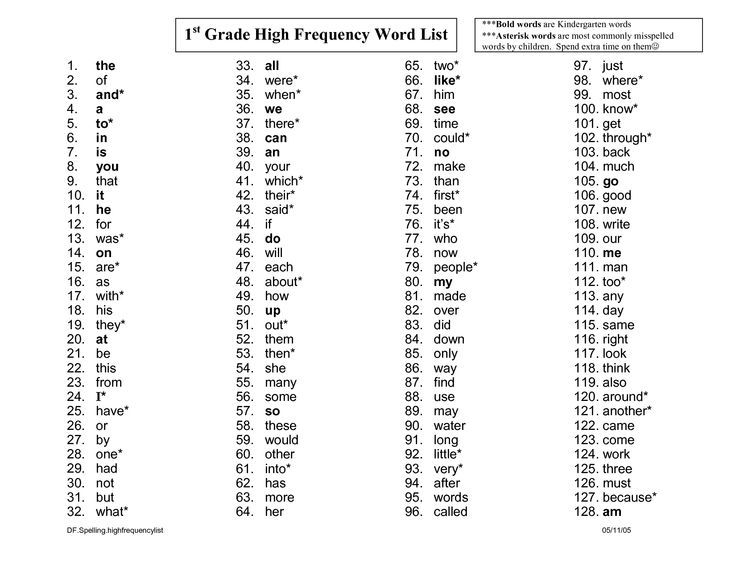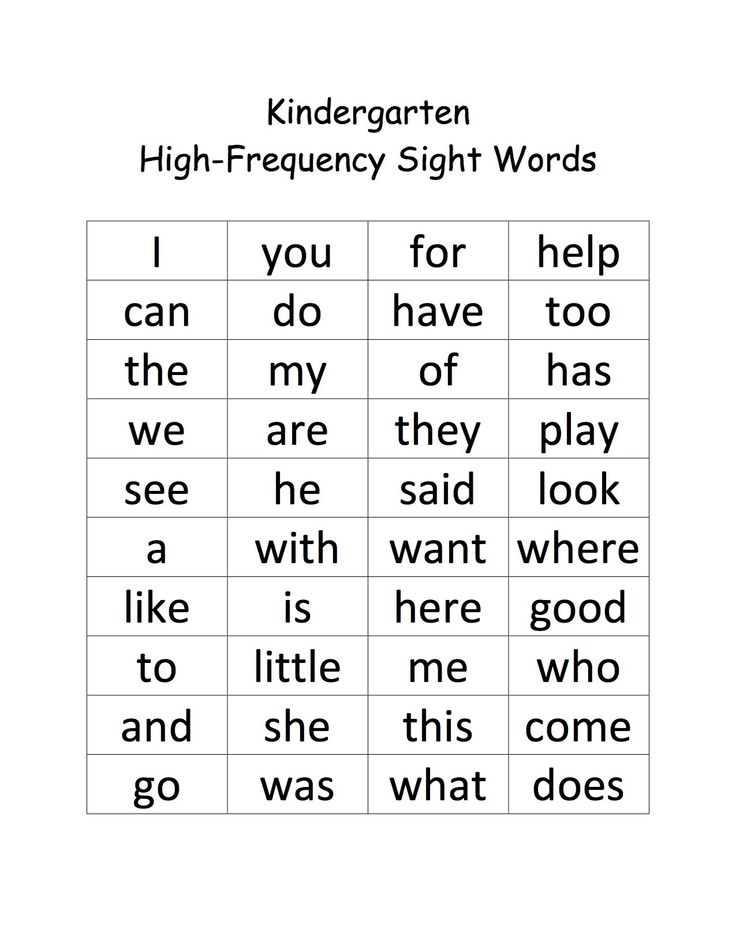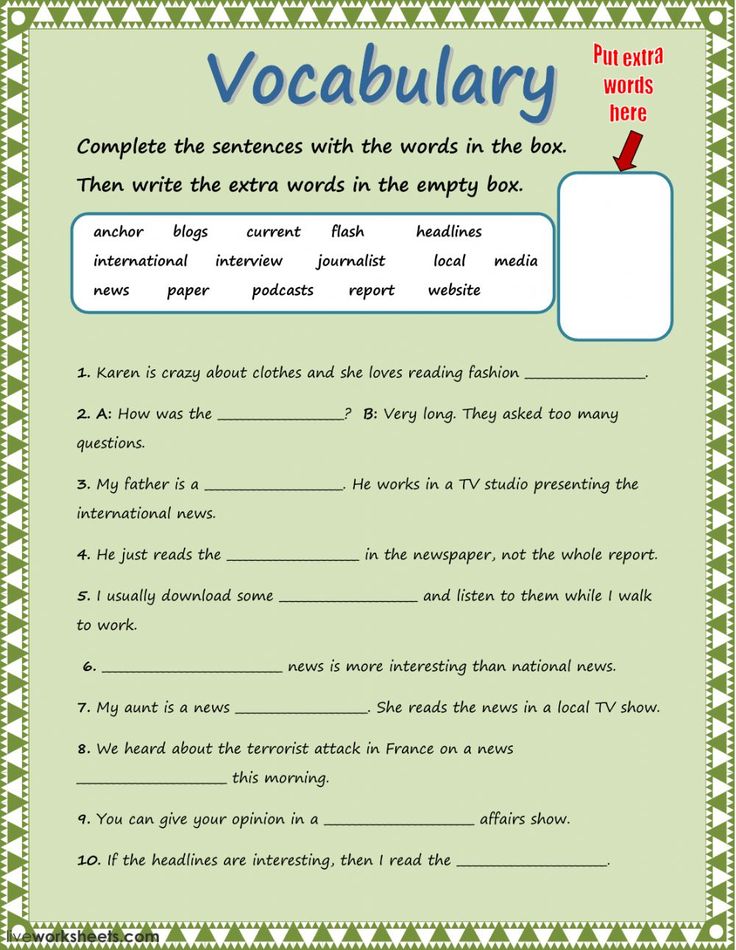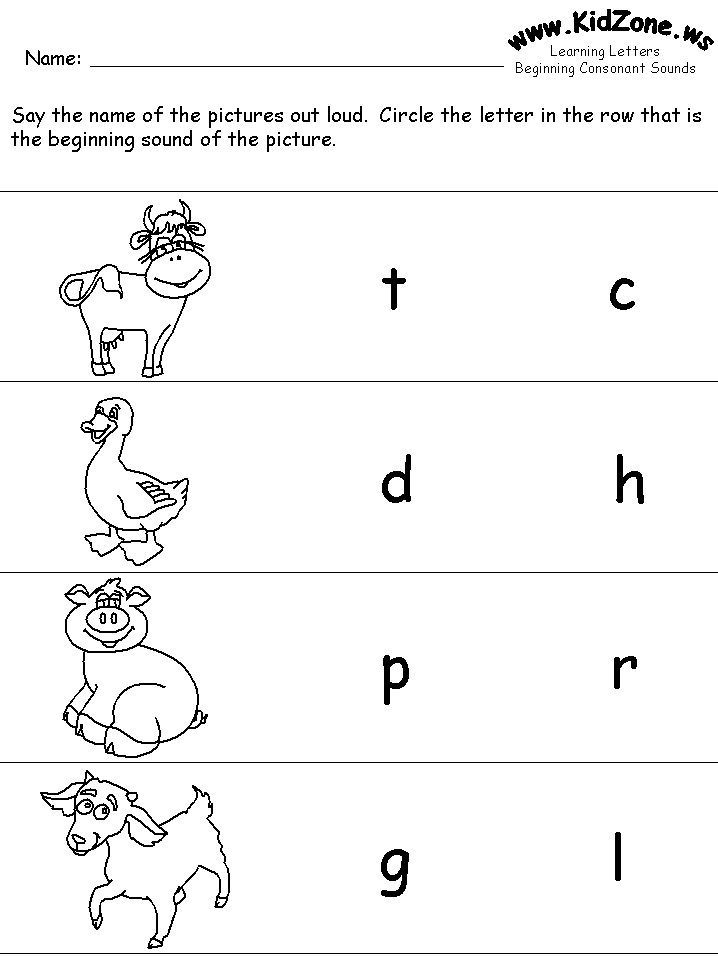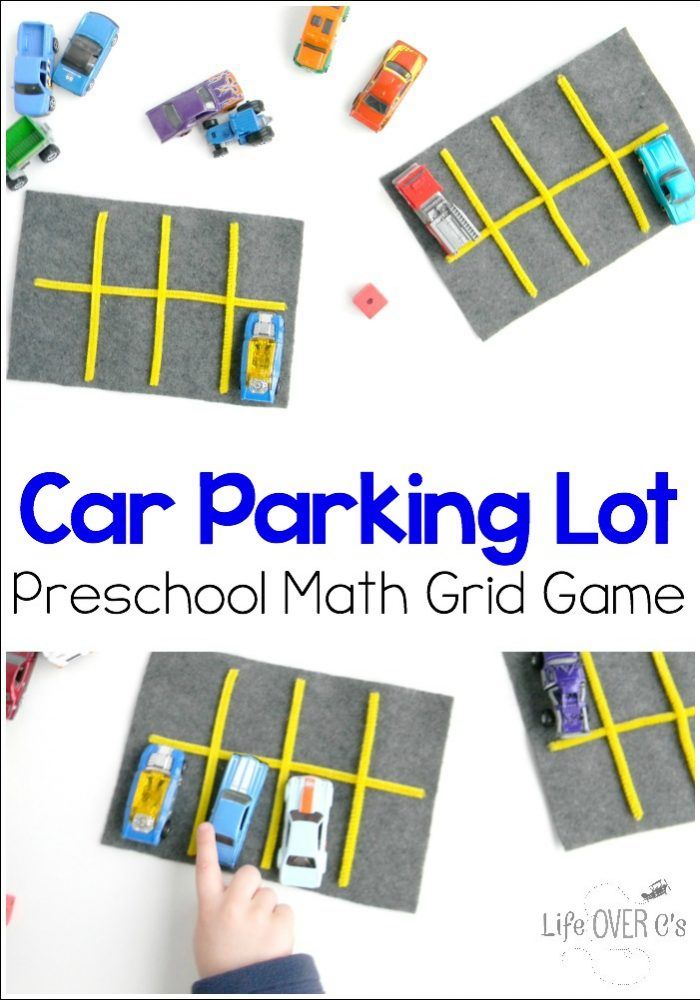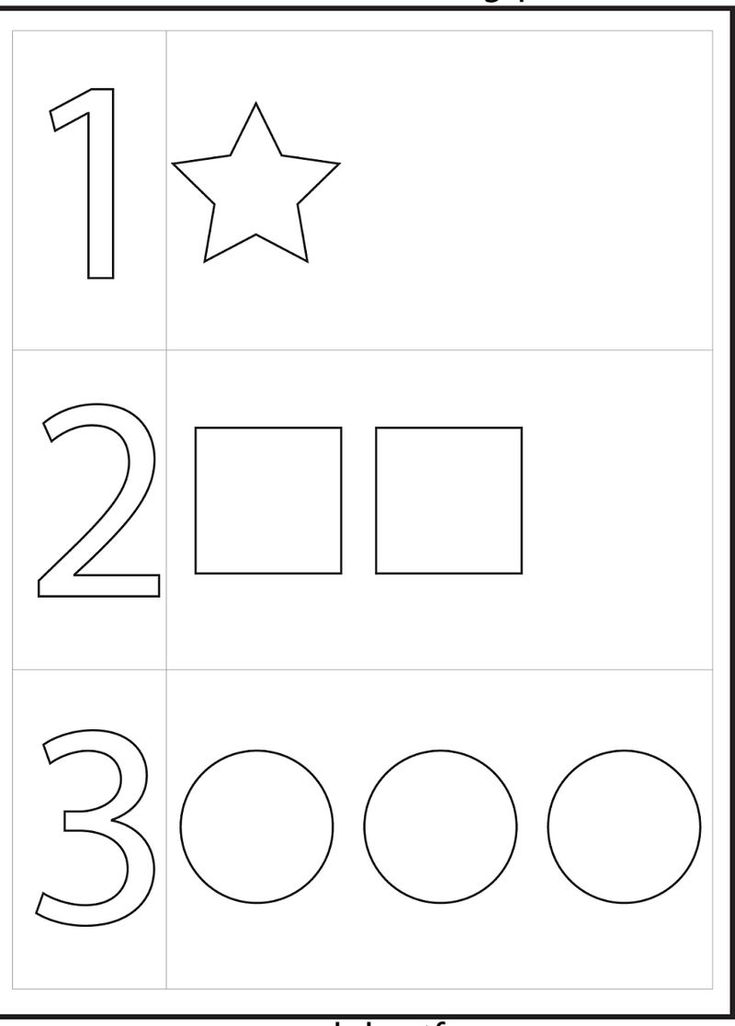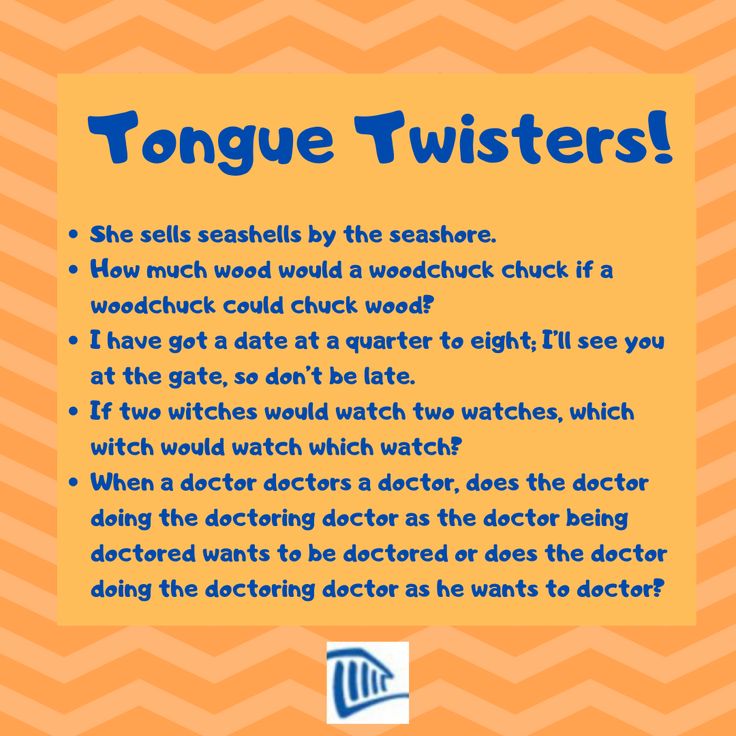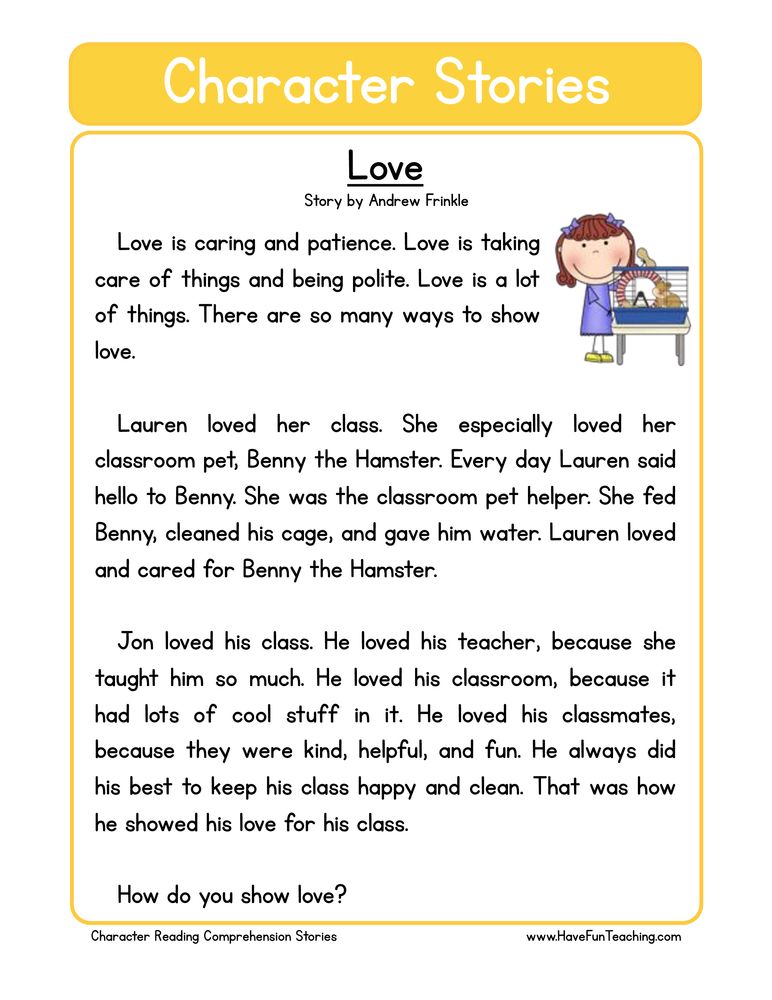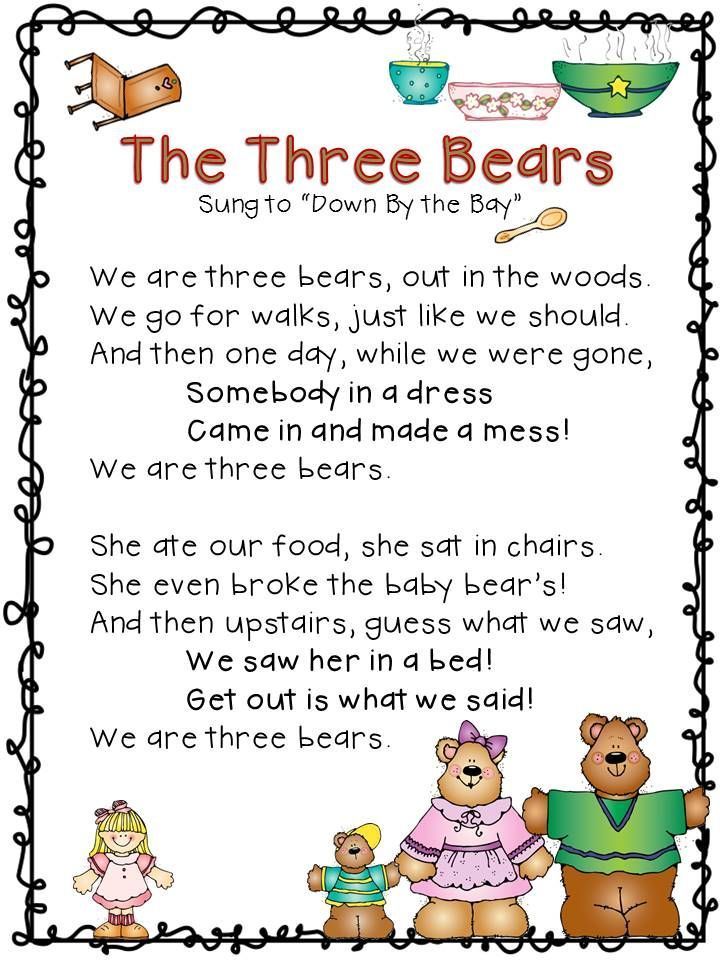High frequency word activity
High Frequency Words (15 Fun Sight Word Activities)
Table of Contents
- 1 What are High-Frequency Words
- 2 Why are Sight Words Important
- 3 Activities to Practice High Frequency Words
- 4 Free Sight Word Printable
- 5 High Frequency Word List
Some of the links in this post are affiliate links. This means if you click on the link and purchase the item, I will receive a small commission at no extra cost to you. All opinions remain my own.
Let’s talk about what high frequency words are, and how to have fun learning them. Whether you are looking for activities to do at home or in the classroom, these games for high frequency words will help your reader build fluency, reinforce high frequency words, and engage them with hands-on reading strategies.
What are High-Frequency Words
High frequency words, also referred to as sight words, are the most common words in the English language . According to Reading A-Z, 50 percent of all text is composed of high frequency words.
Why are Sight Words Important
Sometimes known as sight words, high frequency words are important to learn to become a fluent reader. A reader’s fluency is composed of their speed, accuracy, and expression.
If the kids become stuck on sounding out word by word, they will lose comprehension. Therefore, by learning to read these most commonly used words in text (high frequency words) by memorization, emergent readers will instantly recognize these words and increase their speed and accuracy.
Activities to Practice High Frequency Words
As a former kindergarten teacher, parents often ask me “How do I teach my 5 year old sight words?”, and “How can I make learning sight words fun?” The truth is there are many ways to make learning to read fun.
These sight word activities will engage kids in a multi-sensory approach to learning how to read. Both parents and teachers will see that fun sight word games are at their fingertips with many of these household items.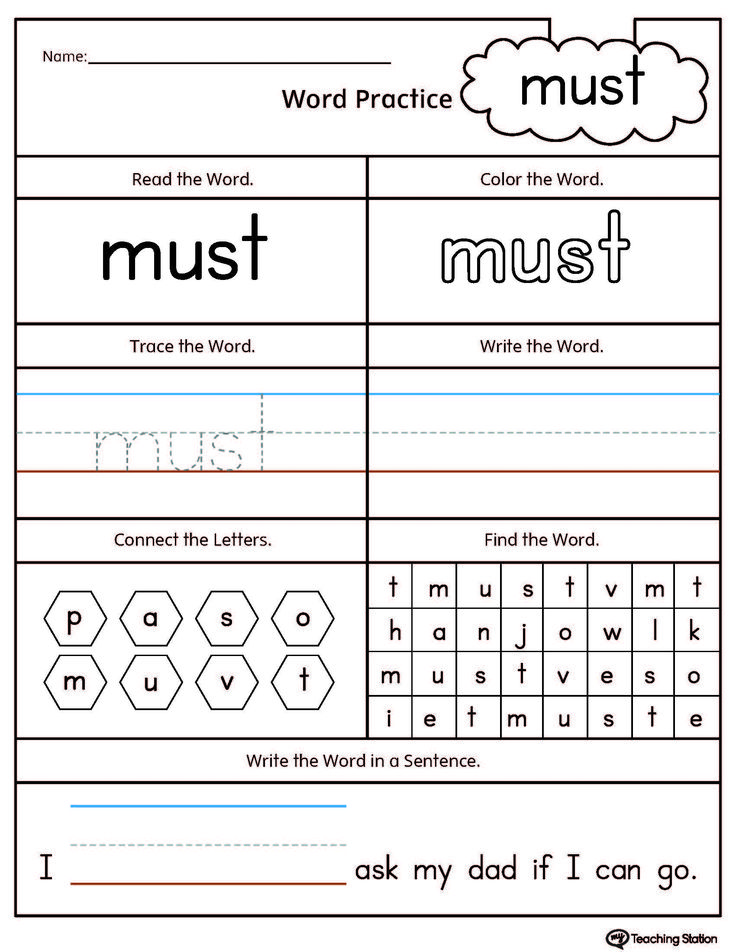
1. Sight Word Superstars
Your kids will become “Sight Word Superstars” with these printable activities. Each sheet has the kids practicing their high frequency words 6 different ways!
First, you get to choose which set if best for your kids. Then, they will trace, write, find and circle, tap and read, use in a sentence, and build the word!
Get the Sight Word Superstars HERE or on TPT
2. Popsicle Stick Sight Word Game
Write the sight words on Popsicle sticks. Write “DYNAMITE” on a couple sticks. Put them in a jar. Pull them out
one-by-one, read the word. If you pull dynamite, you have to put them all back in the jar.
I used this game often as a reading tutor for kindergarten, first, and second grade. We would play in a small group, but this is also great as a time filler for the whole class.
3. Write the Words in Salt
Writing the words in sand is a great sensory-based strategy to practice high frequency words.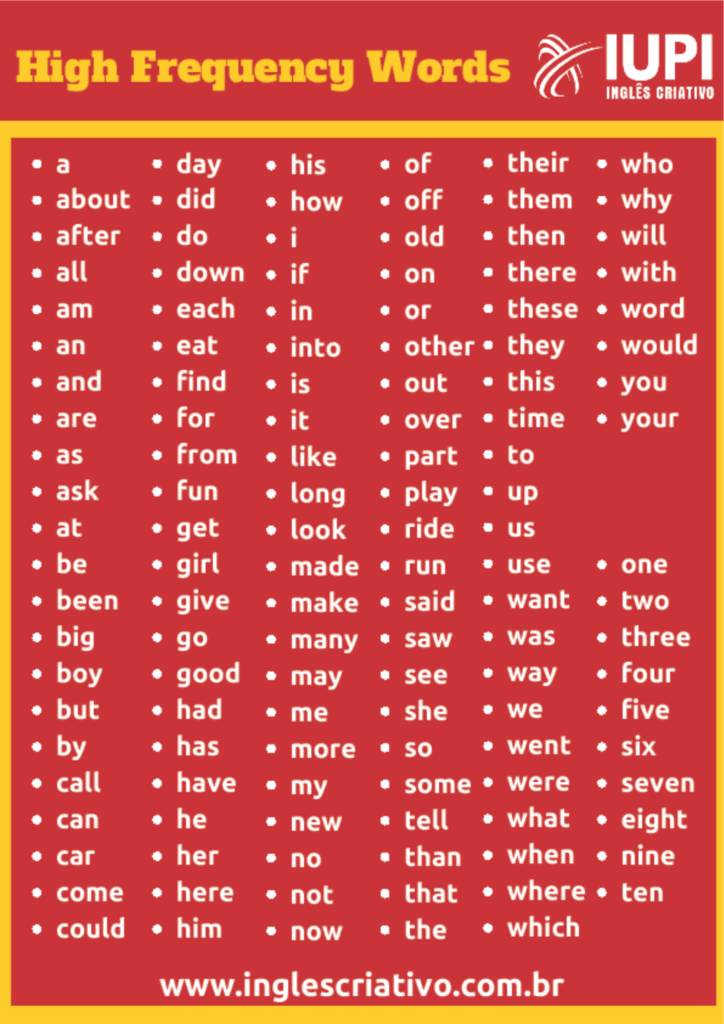 Pour some salt into a small cookie sheet, and let the kids use their finger to write the word.
Pour some salt into a small cookie sheet, and let the kids use their finger to write the word.
4. Magnetic Letter Sight Words
Spelling sight words with magnetic letters is a simple hands-on approach to reading.
You can build high frequency words on a file cabinet, refrigerator, on a magnetic dry-erase board, or without a magnetic surface. Simply lay the magnetic letters out on a table to spell the sight words.
The kids can pull from a collection of sight word cards, and build the word using the magnetic letters, and write the word. This awesome magnetic letter kit, posted in my classroom must-haves, comes with foam magnetic letters already sorted and labeled. a magnetic dry-erase board, letter cards, dry-erase markers, and fun holiday magnets.
5. Sight Word Hunt with Nursery Rhymes
Did you know children who are frequently exposed to nursery rhymes early on, are much more likely to develop strong reading skills? It’s true! This is why I use nursery rhymes to teach kids how to read.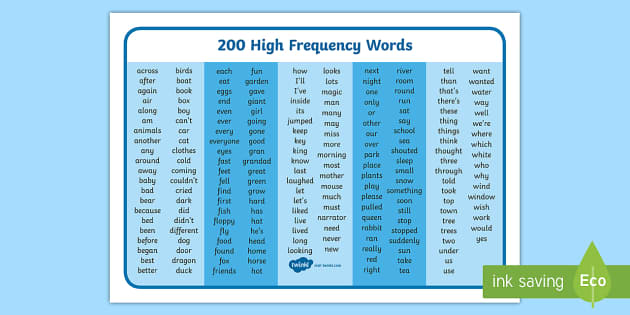 You can read more on my post about popular nursery rhyme songs for kids.
You can read more on my post about popular nursery rhyme songs for kids.
After introducing a new printable nursery rhyme, let the kids hunt through and highlight the sight words you are focusing on.
6. Sight Word Tic-Tac-Toe
Add a twist to a classic game. Let the kids pull a sight word card. Then, they read it, use it in a sentence or spell it before adding an X or O to the board.
7. Sight Word War
Playing with a partner, use 2 stacks of sight word cards, each player flips over a card. Whoever reads the sight word first keeps the cards. If they flip the same word card, it’s War! Then, they lay 2 facing down, and the third one flipped up. Whoever reads that third one fastest, wins that pile. In the end, the kid with the most card, wins.
8. Use Wikki Stix
The kids love using Wikki Stix to make words, numbers, and shapes. Why not let them use Wikki Stix to make the sight words?
9.
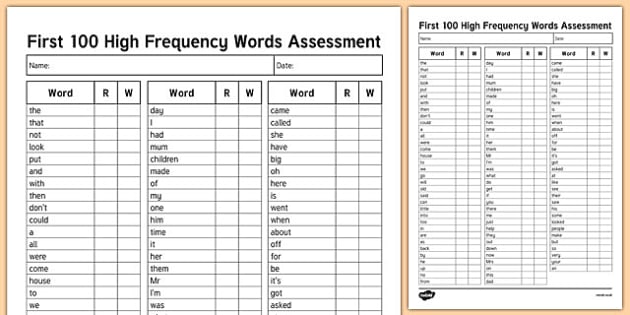 Shaving Cream Sight Words
Shaving Cream Sight WordsWrite the high frequency words in a dab of shaving cream on the table. Shaving cream writing is excellent for sensory based interventions.
Using shaving cream for spelling words and writing sight words are just a few of the shaving cream activities for kids who are kinesthetic learners. You can also make shaving cream playdough and have the kids make the words with that.
10. LEGO Sight Word Game
Use dry erase markers to write sight words on the side of legos, and place them in a pile. Call out a word, have your child find the lego with that word, and add to the tower. There are endless sight word lego activities for kids.
If your child is doing well at recognizing the sight words, but has difficulty spelling them, you can write individual letters on the legos and have them build the word.
You will want to use the large Mega Blocks if writing the whole word, such as the ones used for my pictures. The standard lego size is too small.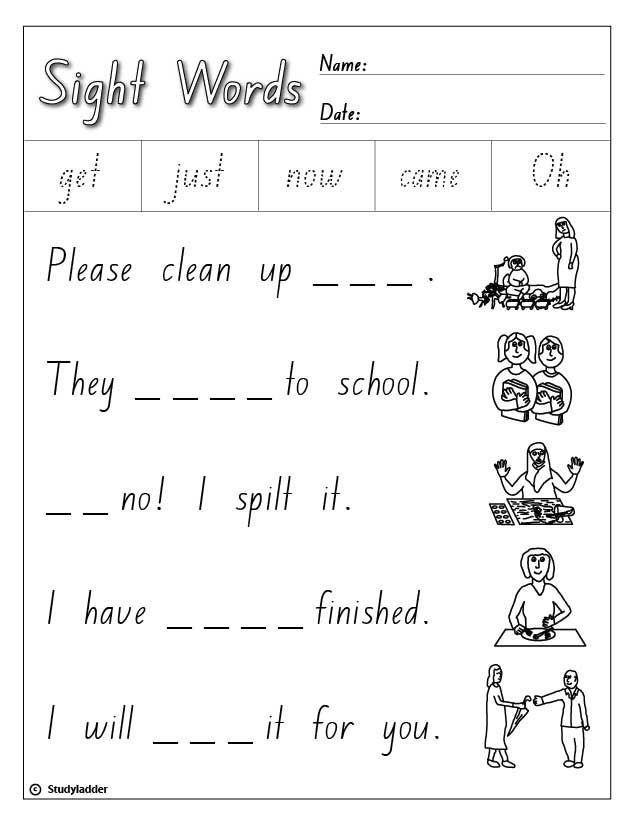 Did you know LEGOS are on my list for the 10 Best Learning Toys for Kids?
Did you know LEGOS are on my list for the 10 Best Learning Toys for Kids?
11. Flashlight Tag With Sight Words
Hang sight words around the house, or in the classroom. Then, turn off the lights, call out a sight word, and have your little learner find it with a flashlight.
12. Sight Word Tallies
Write 5 sight words on a piece of paper. Search through books and magazines, and put tally marks next to the words as you find the words.
13. PlayDoh Sight Words
Use playdoh to form the letters and build the sight words. In the video below, you will see how my first grade students used playdough to make high frequency words. After they form the word, they trace it with their finger, then use the word in a sentence. As a follow up, have your kiddos write the sight word, or write a sentence using the sight word.
14.
 Play I Have, Who Has
Play I Have, Who HasI Have Who Has is a fun way to practice any skill. In this case, the kids can practice reading sight words with family members, in a small group, or in a whole class setting.
The kids read the high-frequency word on their card, then ask who has the word printed on the bottom half of their card. The video below is a demonstration of I Have, Who Has being played in a small group.
You can choose from the following printable I Have, Who Has games below:
- Pre-Primer Sight Words I Have, Who Has
- Primer Sight Words I Have, Who Has
- First Grade Sight Words I Have, Who Has
15. Use Traditional Flashcards
You can also print a set of sight word flashcards, or write the words on index cards, and review 5-10 a night.
Free Sight Word Printable
Teaching kids how to read requires patience and daily practice. Parents often want to help at home, but aren’t sure what to do. You can get this free letter as a reminder of how to help kids with sight words at home.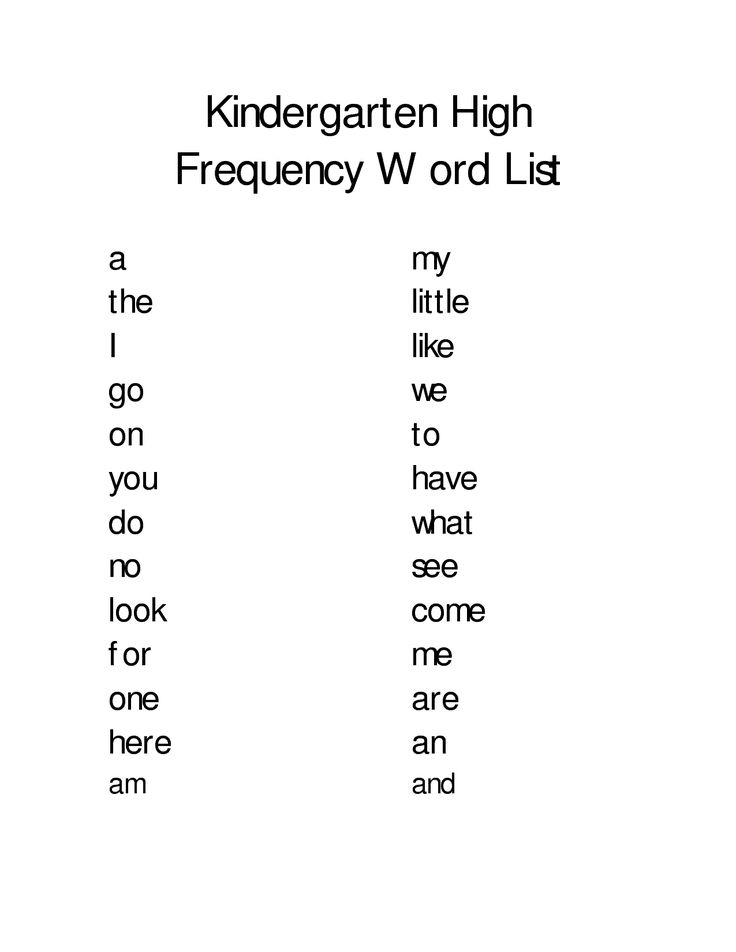
Grab your FREE Parent Letter for Sight Words, HERE.
High Frequency Word List
If you look over an elementary school’s curriculum, you may find they have a list of words per grade level, along with reading materials, word rings, class books, and more for the young children to use.
Typically, there are two major lists of common sight words young readers will learn from. They are the dolch words and fry words.
Dolch Words
Pre-Primer: the, to, and, a, I, you, it, in, said, for, up, look, is, go, we, little, down, can, see, not, one, my, me, big, come, blue, red, where, jump, away, here, help, make, yellow, two, play, run, find, three, funny
Primer: he, was, that, she, on, they, but, at, with, all, there, out, be, have, am, do, did, what, so, get, like, this, will, yes, went, are, now, no, came, ride, into, good, want, too, pretty, four, saw, well, ran, brown, eat, who, new, must, black, white, soon, our, ate, say, under, please
First Grade Words: of, his, had, him, her, some, as, then, could, when, were, them, ask, an, over, just, from, any, how, know, put, take, every, old, by, after, think, let, going, walk, again, may, stop, fly, round give, once, open, has, live, thank
Second Grade Words: would, very, your, its, around, don’t right, green, their, call, sleep, five, wash, or, before, been, off, cold, tell, work, first, does, goes, write, always, made, gave, us, buy, those, use, fast, pull, both, sit, which, read, why, found, because, best, upon, these, sing, wish, many
Fry List of Words:
Fry words, unlike the Dolch list, are not broken down into grade level.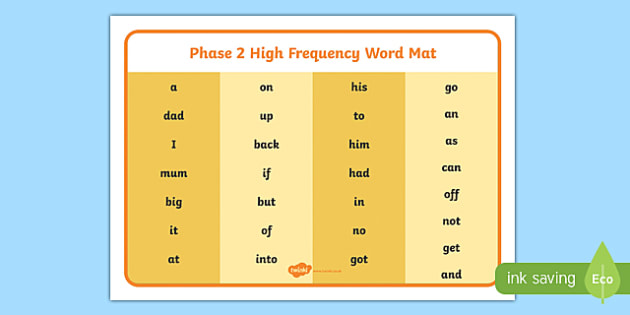 The kids, however, are introduced to new words after mastering each group of 100. This does not mean young children are expected to learn 100 instant words at once. Most often, the teachers break down the expected amount of words to learn in groups of 5-10 at a time, week after week.
The kids, however, are introduced to new words after mastering each group of 100. This does not mean young children are expected to learn 100 instant words at once. Most often, the teachers break down the expected amount of words to learn in groups of 5-10 at a time, week after week.
Fry’s First 100 Words: the, of, and, a, to, in, is, you, that, it, he, was, for, on, are, as, with, his, they, I , at, be, this, have, from, or, one, had, by, words, but, not, what, all, were, we, when, your, can, said, there, use, an, each, which, she, do, how, their, if, will, up, other, about, out, many, then, them, these, so, some, her, would, make, like, him, into, time, has, look, two, more, write, go, see, number, no, way, could, people, my, than, first, water, been, called, who, am, its, now, find, long, down, day, did, get, come, made, may, part.
You can search for the remaining words,- they are known as the second and third lists. The Fry and dolch sight words increase in difficulty as the kids get older.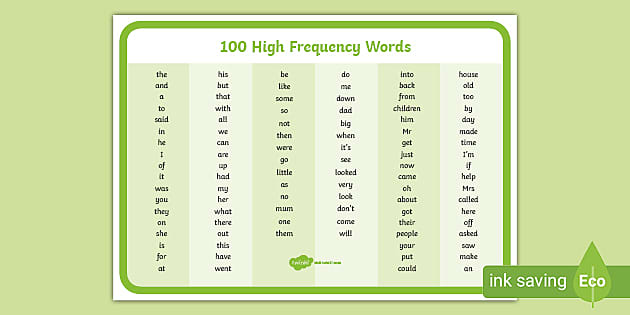
Before you go, here are some blog posts you may enjoy:
20 Basics of a Kindergarten Classroom
122 Best Knock Knock Jokes Kids Love
34 Best Nursery Rhymes for Kids
15 Amazing Benefits of Math Talks with Kids
25 Printable Kindergarten Vocabulary Worksheets
High Frequency Words
48 Fun Sight Word Activities That Work
Teachers are always on the hunt for great sight word activities. Sight words are any words readers recognize automatically “by sight”—for fluent readers, that’s almost all words! High-frequency words, the most commonly occurring words in written English like those on the Dolch list, are often thought of as the most crucial sight words.
It’s a myth that blindly memorizing every letter in a sight word is the only way to learn it. The science of reading tells us that linking sounds and letters is the most effective way for kids’ brains to learn any word. Many common words are easy to tackle using beginning phonics skills (like “at,” “can,” “him,” etc.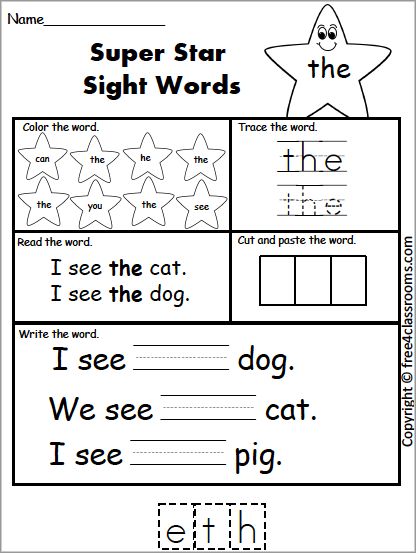 ), so staying true to a strong phonics curriculum is one way to support kids’ sight word learning. Even irregularly spelled words have decodable parts, e.g., kids can use the sounds of “s” and “d” to help with “said,” even if the “ai” is unexpected. Experts often call these words “heart words” to call out for kids that they should learn the unexpected word parts “by heart.” (If all this is unfamiliar to you, it can feel overwhelming, but you’ve got this! Check out teaching guru Jillian Starr’s explanation for more help.)
), so staying true to a strong phonics curriculum is one way to support kids’ sight word learning. Even irregularly spelled words have decodable parts, e.g., kids can use the sounds of “s” and “d” to help with “said,” even if the “ai” is unexpected. Experts often call these words “heart words” to call out for kids that they should learn the unexpected word parts “by heart.” (If all this is unfamiliar to you, it can feel overwhelming, but you’ve got this! Check out teaching guru Jillian Starr’s explanation for more help.)
Check out these low-prep and engaging sight word activities for both teaching and practicing words.
1. Map it and drive it
This is a genius way to introduce words with appealing materials: Say the word, represent each sound with a LEGO brick, write letters for each sound, and “drive” to read it.
Source: @droppinknowledgewithheidi
2. Smush play dough for each sound
Set up a routine that works for any word. Play dough squishing for each sound is the ultimate multi-sensory component.
Source: @playdough3plato
3. Map words with a magnet wand
It is so super-satisfying to drag those magnetic dots around! Watch the video below for lots of tips on introducing a word using this process.
Source: @warriorsforliteracy
4. Make a mini book
Lots of handy info in one place for your little learners.
Source: @hughesheartforfirst
5. Tap it, pop it, learn it!
Hardwire those words in kids’ brains with this comprehensive word intro routine. (You had us with the pop its!)
Source: @hellojenjones
6. Find and swat words
An oldie but such a goodie. Find a word in an array and WHACK! Swat it with a fly swatter!
Source: @kids_play_learn_laugh
7. Flip word pancakes
Serve up sight word pancakes while practicing spelling them aloud.
Source: @bee_happy_teaching
8. Wear heart word bracelets
Make kids feel like sight word VIPs.
Source: @teachingmoore
9.
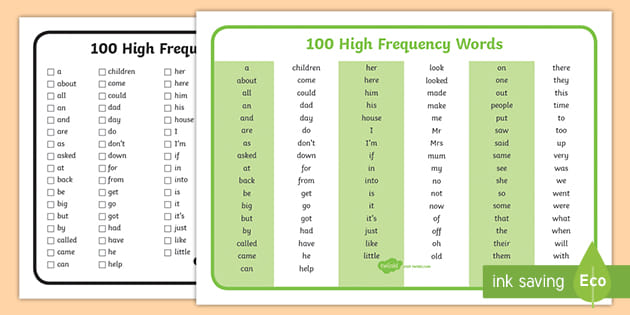 Search for sight word balls
Search for sight word ballsWrite sight words on ball pit balls with a chalk marker or dry-erase marker. Kids can race around hunting for balls to read and toss in a basket, or hunt through a big tub of balls for a certain word.
Source: @preschoolforyou
10. Start a sight word band
Loud but oh-so-fun! Feel the rhythm while tapping and reading sight words stuck to homemade percussion instruments.
Source: @earlyyears_withmrsg
11. Drive on a sight word path
This is one of many fun ways to use magnetic tiles for learning! Kids love “knocking down” word tiles with a toy car as they read each one.
Source: @travisntyler
12. Use sticky notes to inspire sight word sentences
Have kids stick words on items that give them ideas for sentences. “My Mom said to wear a helmet!” = so good!
Source: @kinneypodlearning
13. Write words on a sensory bag
So easy: Fill a zip-top bag with a small amount of kid-safe paint, seal well, and have kids practice “writing” sight words with their finger or a cotton swab.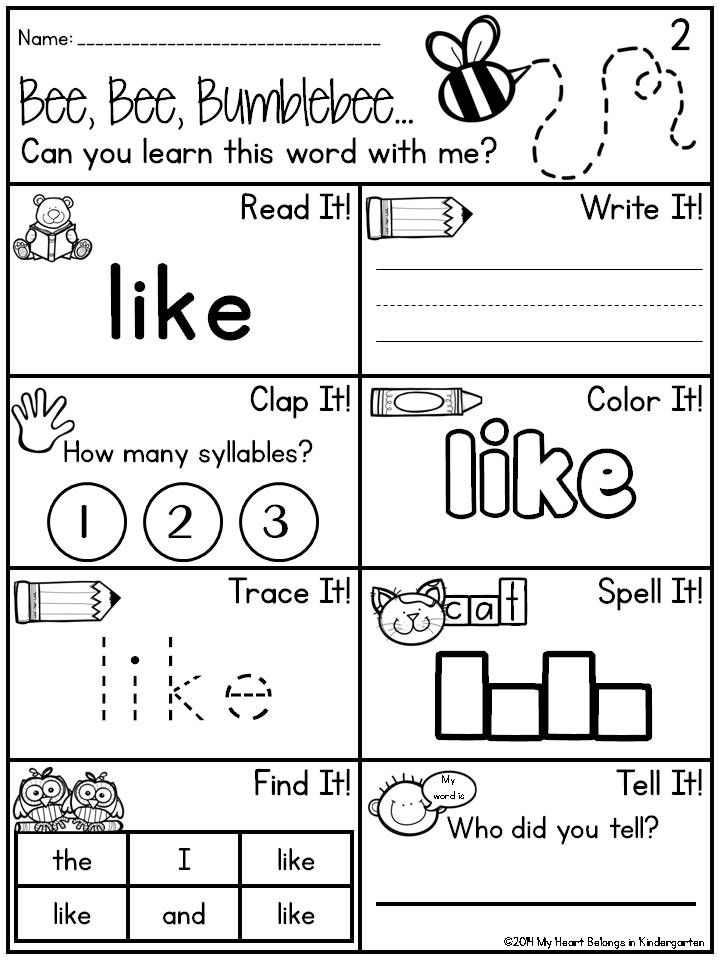
Source: @makeitmultisensory
14. Wear a sight word crown
Wear your word proudly and practice reading others’ words. Fun in person or virtually.
Source: @mrsjonescreationstation
15. Play a magnetic-tile board game
We love new ideas for ways to use magnetic tiles for sight word activities. Easy to set up and fun to play.
Source: @twotolove_bairantwins
16. Spell words to a familiar tune
Get sight words stuck in everyone’s head, in a good way. We’d add a line for chanting the sounds in the word!
Source: @saysbre
17. Feed a word monster
Nom, nom, nom.
Source: @ecplayandlearn
18. Search for the pom-pom under sight word cups
Read all the words as you try to find the cup that hides the prize.
Source: @la.la.learning
19. Play sight word KABOOM
This classroom classic is perfect for sight words. If you need a refresher on the rules, Jillian Starr covers them.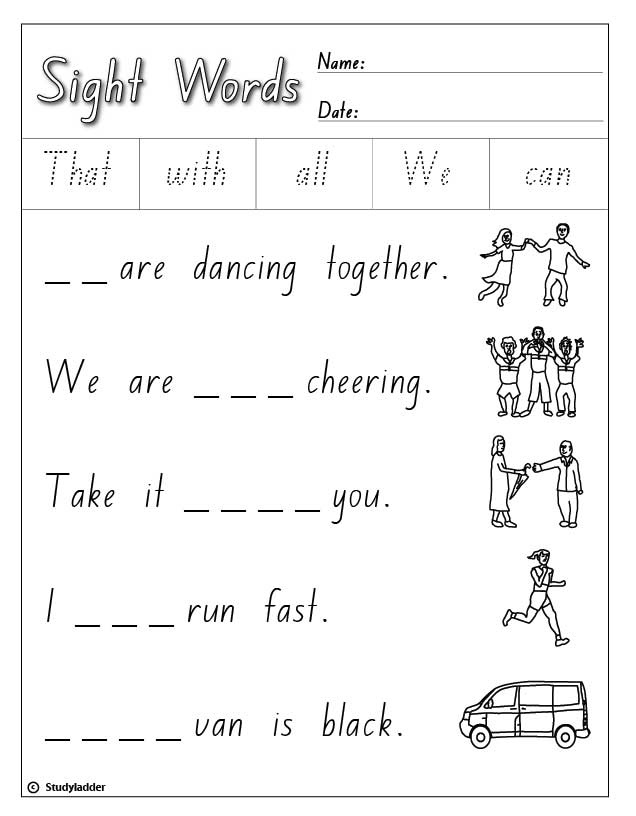
Source: @essentiallykinder
20. Roll and write words
Roll, write, repeat.
Source: @mylittlepandamonium
21. Write words with rainbow colors
Bonus points for aromatic markers.
Source: @mylittlepandamonium
22. Trace words with flashlights
Stock up on batteries because kids never get tired of this!
Source: @giggleswithgerg
23. Find words in plastic eggs
Give kids a checklist of words to find as they open each egg.
Source: @blooming_tots1
24. Spy words around the classroom
Just add a magnifying glass and clipboard to make kids feel like supersleuths!
Source: @readingcorneronline
25. Find words in the morning message
Don’t forget about old standbys! This is one of our favorite ways to get kids to recognize sight words in connected text.
Source: @tales_of_a_kinder_classroom
26. Build words with bricks
Such a great use of extra building bricks!
Source: @raysinkinder
27.
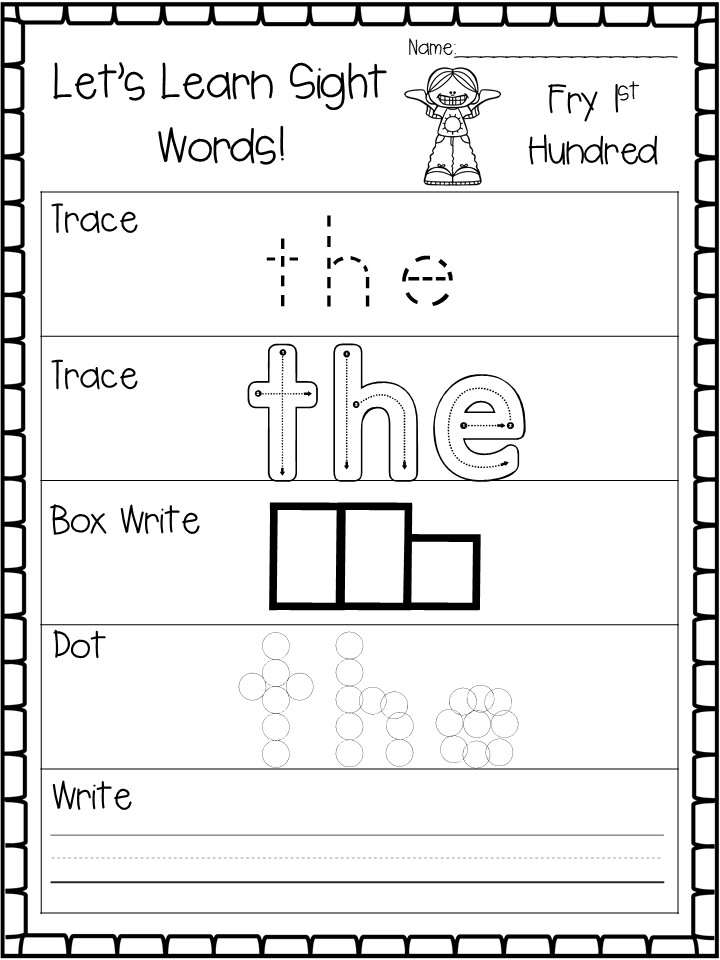 Write words in sand
Write words in sandEasy-peasy to set up and keep neat if you use plastic pencil boxes.
Source: @teacherhacks
28. Spell words on a construction site
Bulldozing over each word to read it is the best part!
Source: @planningplaytime
29. Spell words with toy cars
Drive on over!
Source: @lozlovesprep
30. Park in a sight word “parking lot”
This one is easy to modify based on whatever toys are available in the classroom or at home.
Source: @msbendersclassroom
31. “Plant” words in play dough
Watch those reading skills grow!
Source: @planningplaytime
32. Build words in a sensory tub
Because spelling is just more fun when your hands are covered in beans!
Source: @coffeeandspitup
33. Write words on a magnetic drawing board
That eraser track makes for a perfect word card holder!
Source: @moffattgirls
34. Or write words on the window!
Everyone wants a turn to write on the window!
Source: @kindergarten_matters
35.
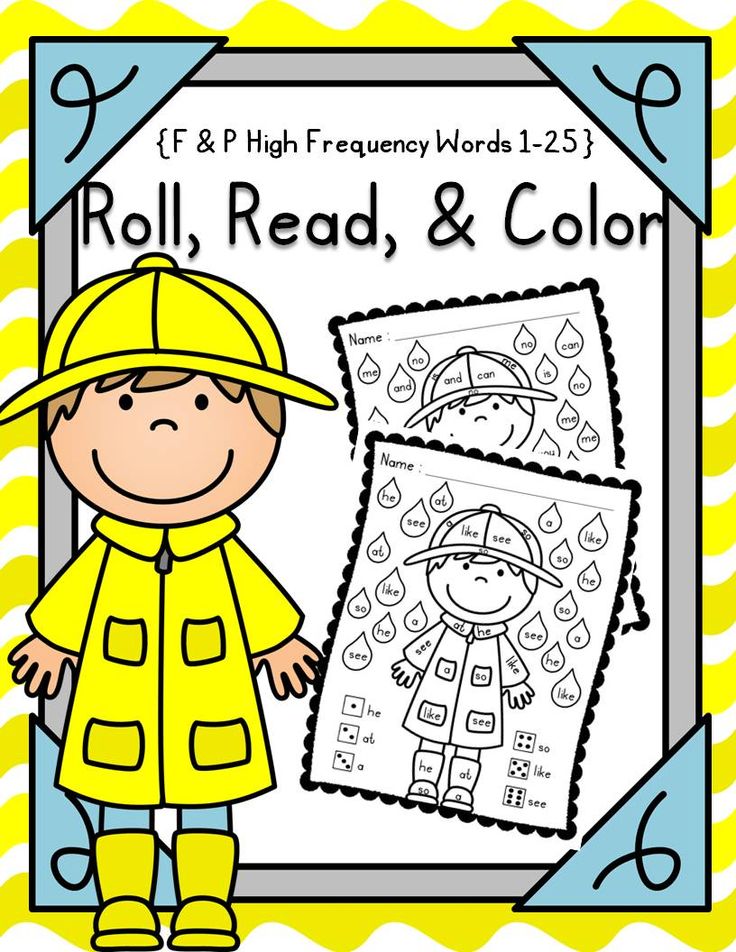 Shhh! Discover words written in invisible ink
Shhh! Discover words written in invisible inkWrite words in white crayon and reveal them with watercolors on top!
Source: @teachstarter
36. Dot-paint words with a cotton swab
Calming and effective.
Source: @sightwordactivities
37. “Type” words on a keyboard
Busy day at the sight word office! Use a keyboard cover or any old keyboard.
Source: @lifebetweensummers
38. Read words before heading through the door
The line leader can double as the word pointer during transitions.
Source: @ms.rowekinder
39. Read the word the teacher’s wearing!
Wait, is there something on my shirt?
Source: @theprimarypartner
40. Take a sight word cakewalk
Choose a winning word when the music stops!
Source: @joyfulinkinder
41. Play sight word hopscotch
If you can’t get outdoors, tape on the floor works just as well.
Source: @wheretheliteracygrows
42.
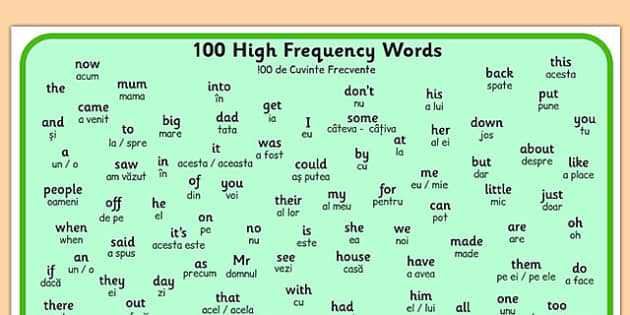 Play tic-tac-toe
Play tic-tac-toeI’ll be team “the.”
Source: @create_n_teach
43. Go sight word bowling
No bowling pins? Use half-filled plastic water bottles instead.
Source: @thecreativeteacher_
44. Ready, aim, read
Just throw a beanbag at a word target if foam darts are a no-go.
Source: @laurens_lil_learners
45. Play muffin tin ball toss
Toss and read. It’s easy to use colored muffin cups to prep different sets of words.
Source: @homeschooling_fun_with_lynda
46. DIY sentence flash cards
Authentic use of words in context for the win.
Source: @teachertipsandtales
47. Play sight word checkers
King me! If kids don’t have a partner available, they can “play” with a stuffed animal and get double practice.
Source: @sightwordactivities
48. Play sight word Guess Who?
Set up this game once and use it forever.
Source: @lessons_and_lattes
We’d love to hear—what are your favorite sight word activities? Share in the comments below.
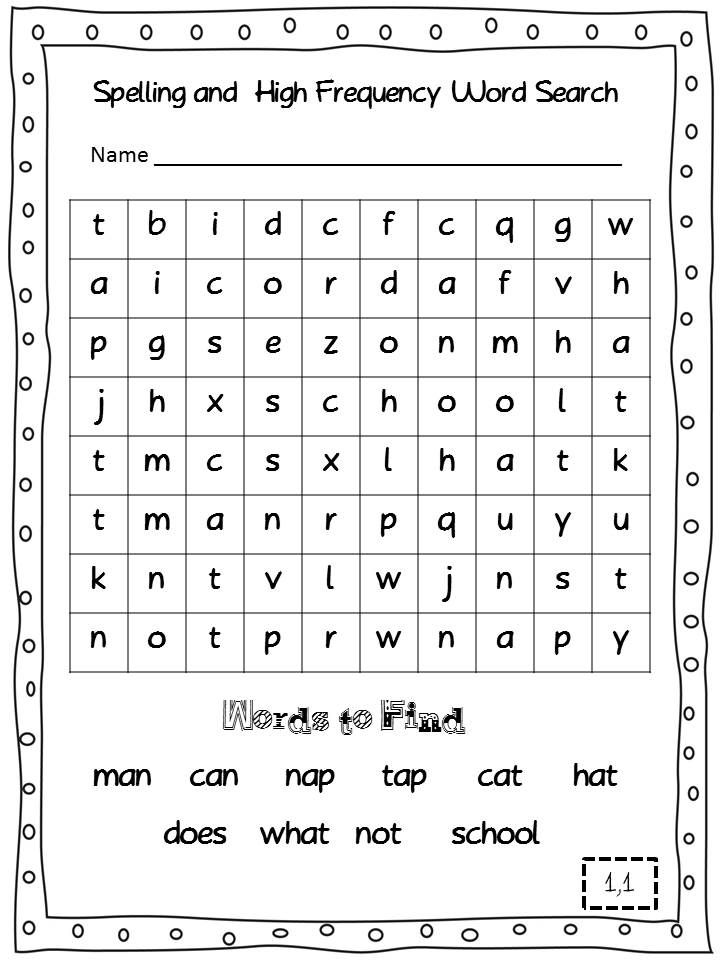
Want more articles like this? Be sure to sign up for our newsletters.
Plus, what are sight words?
Who needs your emotions - Nauka TV channel
Why do marketers scan the brains of customers, monitor eye movements, breathing, heartbeat and test on a polygraph?
How does the buyer's brain work at the moment of making purchases and what determines his choice? This is the subject of study of neuromarketing, a new area of research that combines the knowledge of neuroscientists, psychologists and economists. How exactly is our brain being hacked and which scientists help marketers?
What is neuromarketing?
Neuromarketing is at least 20 years old, but it is rooted in more distant research of scientists about behavioral economics. It all started with Herbert Simon's theory of bounded rationality, for which he received the Nobel Prize in 1978.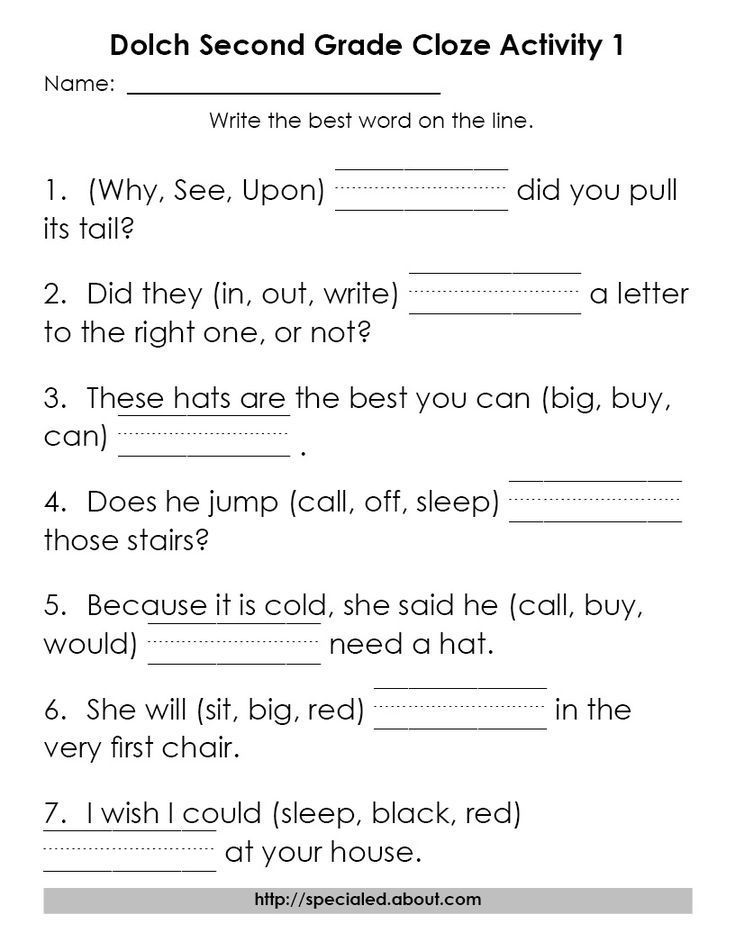 Economist Simon was the first to doubt that most people are rational, pointing out that in some situations people behave emotionally and even irrationally. So in the matter of purchases, a person does not always have the opportunity to think through his decision due to limited data and other interfering factors. This theory was further developed by three other scientists: Vernon Smith in a series of experiments, Daniel Kahneman in his prospect theory, and Richard Thaler in the push theory. All three have received the Nobel Prize in Behavioral Economics: the first two in 2002 and Thaler in 2017. And the term “neuromarketing” itself was coined in 2002 by Ail Smidts, a professor at the Erasmus University of Rotterdam. In his opinion, neuromarketing helps "better understand the consumer and his reaction to marketing stimuli by directly measuring the processes in the brain" and increase the "effectiveness of marketing methods by studying the reaction of the brain."
Economist Simon was the first to doubt that most people are rational, pointing out that in some situations people behave emotionally and even irrationally. So in the matter of purchases, a person does not always have the opportunity to think through his decision due to limited data and other interfering factors. This theory was further developed by three other scientists: Vernon Smith in a series of experiments, Daniel Kahneman in his prospect theory, and Richard Thaler in the push theory. All three have received the Nobel Prize in Behavioral Economics: the first two in 2002 and Thaler in 2017. And the term “neuromarketing” itself was coined in 2002 by Ail Smidts, a professor at the Erasmus University of Rotterdam. In his opinion, neuromarketing helps "better understand the consumer and his reaction to marketing stimuli by directly measuring the processes in the brain" and increase the "effectiveness of marketing methods by studying the reaction of the brain."
Early brain research
The first neuromarketing research began much earlier than the official birth of the term.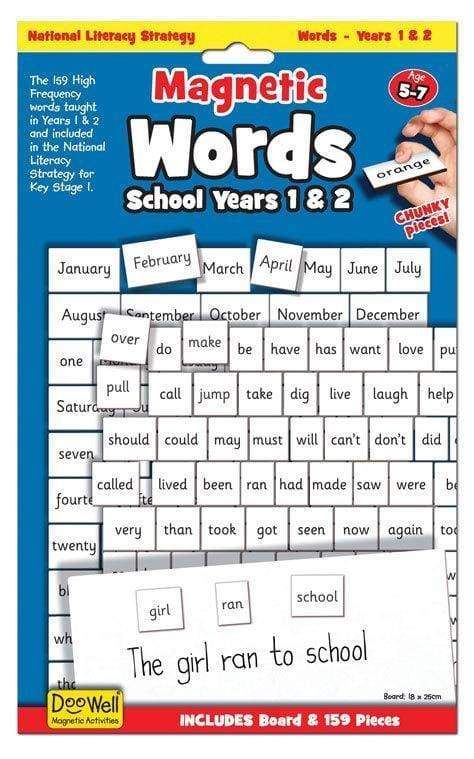 Back in 1971, the American psychologist Herbert Krugman made an electroencephalogram of subjects while reading and watching TV, comparing the electrical activity of the brain. Ten years later, David Lewis was conducting biofeedback sessions at the Experimental Psychology Lab at the University of Sussex. He showed videos and studied the emotional reaction and activation of attention in viewers. Later, with the advent of new technologies, neuroscientists were able to pinpoint which areas of the brain respond to ads, movies, and other content. At 19In the 1990s, psychologists at Harvard Business School developed the basics of neuromarketing and used MRI for brain research. The first experiments were carried out by Professor Gerald Zaltman, he invented and patented a method for extracting metaphors based on an emotionally positive response to certain images that a person already has, which encourages him to buy. At the first Neuromarketing Conference, held in Houston in 2004, scientists and marketers shared insights into the sensorimotor, cognitive, and emotional responses that consumers experience in response to various marketing stimuli.
Back in 1971, the American psychologist Herbert Krugman made an electroencephalogram of subjects while reading and watching TV, comparing the electrical activity of the brain. Ten years later, David Lewis was conducting biofeedback sessions at the Experimental Psychology Lab at the University of Sussex. He showed videos and studied the emotional reaction and activation of attention in viewers. Later, with the advent of new technologies, neuroscientists were able to pinpoint which areas of the brain respond to ads, movies, and other content. At 19In the 1990s, psychologists at Harvard Business School developed the basics of neuromarketing and used MRI for brain research. The first experiments were carried out by Professor Gerald Zaltman, he invented and patented a method for extracting metaphors based on an emotionally positive response to certain images that a person already has, which encourages him to buy. At the first Neuromarketing Conference, held in Houston in 2004, scientists and marketers shared insights into the sensorimotor, cognitive, and emotional responses that consumers experience in response to various marketing stimuli.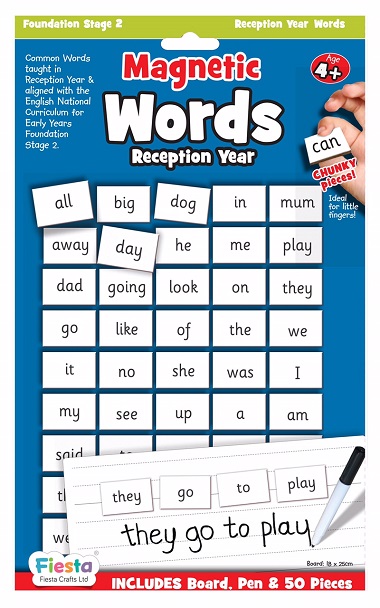
Neuromarketing tools
What gives out emotions in a person? Eye movement, heart rate, breathing rate, facial muscle movement, sweating, and certain brain activity. Therefore, marketers monitor the reaction of focus group customers primarily with the help of medical technologies. They use electroencephalography (EEG) to pick up bioelectrical signals from the brain and measure levels of interest and mental effort. To track the movement of the eyes, the buyer is asked to wear special glasses - an eye tracker. Indicators of respiration, cardiovascular activity and electrical resistance of the skin are recorded by a polygraph. Also, after the test, a conversation with a focus group is mandatory.
If before the subjects were placed in a bulky tomograph, now more modern and lighter neural interfaces are increasingly being used to record brain activity - they look like a bezel with sensors and are easily put on the head.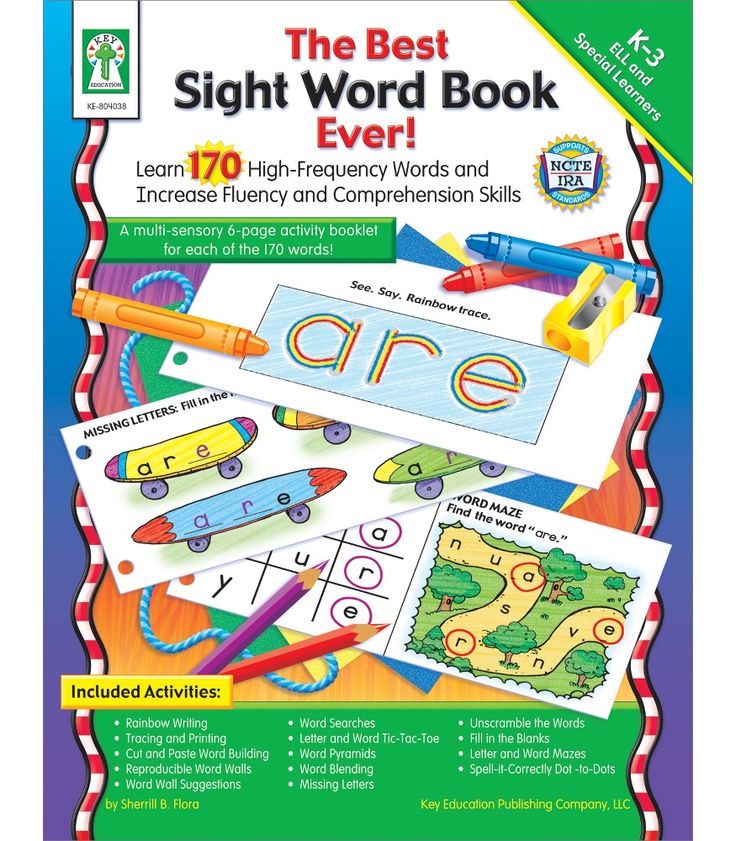 What areas of the brain are active in shoppers? First of all, it is a zone located deep at the base of the brain - the nucleus accumbens, or ventral striatum, it is also called the "pleasure center". Here the subjective value of the decisions we make is encoded. Another area of interest is the orbitofrontal cortex, an area of the frontal cortex above the eyes that is involved in decision making.
What areas of the brain are active in shoppers? First of all, it is a zone located deep at the base of the brain - the nucleus accumbens, or ventral striatum, it is also called the "pleasure center". Here the subjective value of the decisions we make is encoded. Another area of interest is the orbitofrontal cortex, an area of the frontal cortex above the eyes that is involved in decision making.
The demand for neuromarketing research turned out to be great, and as a result, large companies were born that conduct testing of various marketing products. In Russia, NeuroTrend, founded in 2013, became a pioneer in this industry. She regularly makes a neuromarketing rating of commercials, putting stars on four criteria: attention, interest, emotional involvement and memorability. From the analysis of the products of the winners, you can find out what exactly attracts attention. For example, these are constantly moving objects, rhythmic music, repetitions, simplicity, famous people in the frame.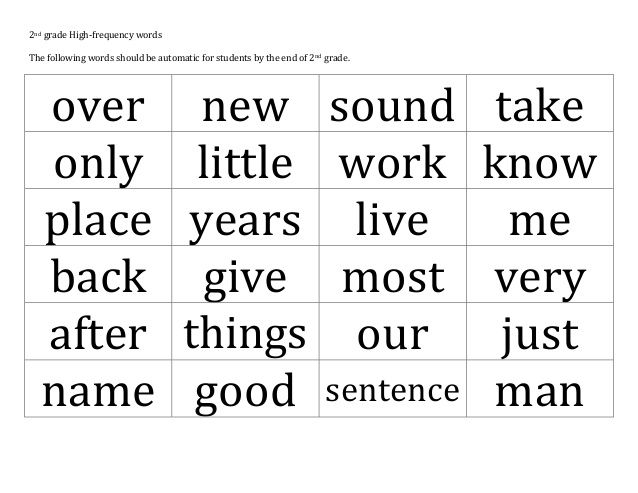
15 neuromarketing tricks
The same candy wrapped in black and gold seems to taste different and causes different reactions in people: - 25%, and only 20% guessed that it was the same candy. So the packaging of the product matters.
Hilke Plassmann conducted a similar experiment with wine. She gave students wine tastings: first cheap, then expensive. At the same time, the subjects lay in the MRI scanner, and the wine was poured from the same bottle with an inexpensive drink. After the survey, it turned out that the students liked the “expensive” wine more, this was also evident from the activity of neurons in the orbitofrontal cortex. This phenomenon can be called a marketing placebo: we automatically like branded and more expensive things.
Which is better: Pepsi or Coca-Cola? In the experiment, people first tasted the drinks blind, and most chose the Pepsi flavor. Then they were given an open choice: and Coca-Cola won.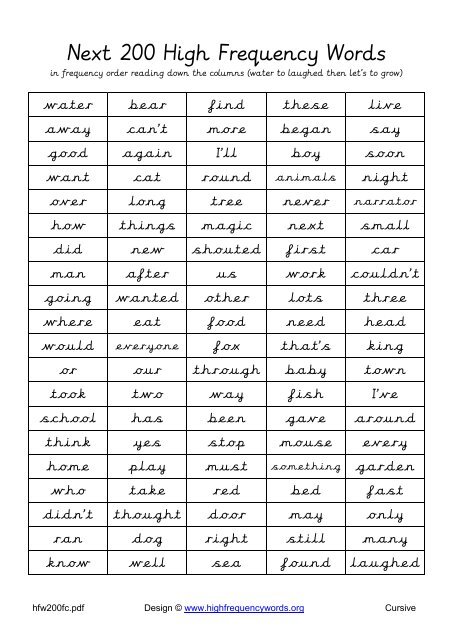 The success of the brand is helped by the correct red color, as well as associations with the holiday and Santa Claus instilled in customers. By the way, if a can of Coca-Cola were blue like Pepsi, it would not be nearly as attractive.
The success of the brand is helped by the correct red color, as well as associations with the holiday and Santa Claus instilled in customers. By the way, if a can of Coca-Cola were blue like Pepsi, it would not be nearly as attractive.
Up to 95% of people come to McDonald's because of their children. The introduction of the toy into the Happy Meal led to an influx of customers, and today children around the world continue to drag their parents to the fast food restaurant. Free balloons and a friendly clown also serve to attract children. Spend a kid's birthday at McDonald's and you'll get a nice association that will make your adult kid come back for fast food again and again.
A person's reaction to loss is twice as strong as the reaction to gain. Therefore, a person does not like to miss the profit so much and he is subject to time-limited discounts, promotions and Black Friday.
Consumers don't always say what they think. Researchers from the University of Michigan conducted an experiment. Smokers were shown three commercials promoting smoking cessation. They then rated their persuasiveness, say B, A, and C. After that, the subjects were placed in a magnetic resonance scanner to find out what was happening to the orbitofrontal cortex. The ratings turned out to be different: C, B, and A. When the videos aired, the MRI findings were confirmed to be correct: brain activity predicted the effectiveness of advertising, but the subjects' verbal reports did not.
Smokers were shown three commercials promoting smoking cessation. They then rated their persuasiveness, say B, A, and C. After that, the subjects were placed in a magnetic resonance scanner to find out what was happening to the orbitofrontal cortex. The ratings turned out to be different: C, B, and A. When the videos aired, the MRI findings were confirmed to be correct: brain activity predicted the effectiveness of advertising, but the subjects' verbal reports did not.
The impact of neuromarketing technologies comes through four channels: through sight, hearing, smell and touch. We receive up to 90% of information through the eyes, which is why visual information is so important. For example, the face of a child on a billboard always attracts attention - and even more than the product itself.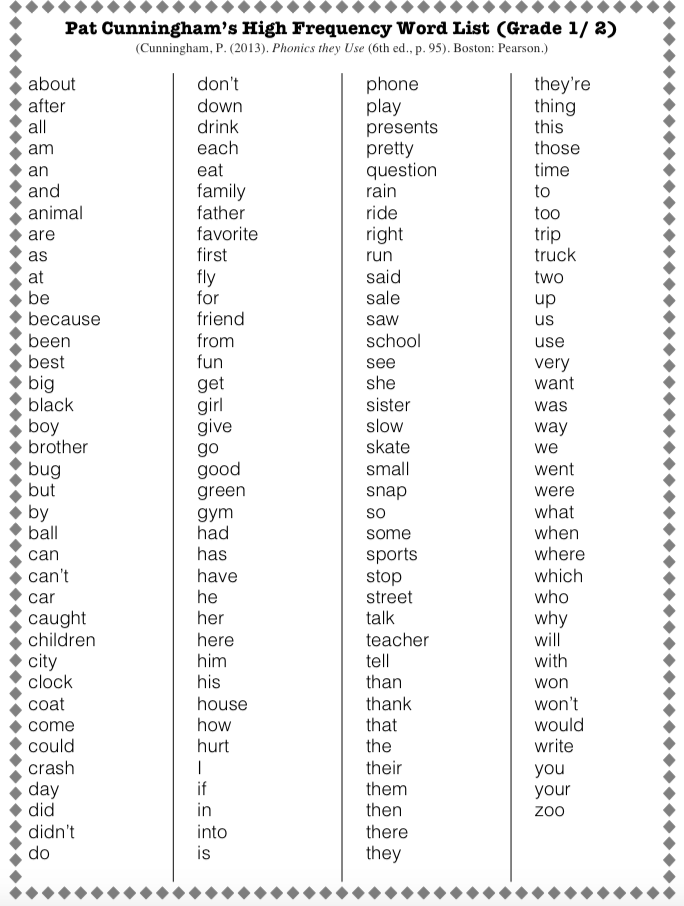 But if the baby looks at this product, then the passer-by will involuntarily look at this object.
But if the baby looks at this product, then the passer-by will involuntarily look at this object.
Scientists from Yale University have found that the image of the brain during the presentation makes it more convincing in the eyes of the public.
Neuromarketers have found that red stimulates the brain, yellow increases concentration and is better remembered, green calms, blue is associated with reliability and confidence. The most successful brands usually use red and yellow.
The aroma of freshly baked bread near a pizzeria in one of the Moscow shopping centers increased the number of visitors by 40% over the month, and revenue by 30%. The smell of lilac in Zara stores attracted 15-20% more customers. When Procter & Gamble added fragrance to the top of their Ariel products, sales increased by 70%. The smell of coffee can literally lead a coffee lover by the nose, it causes salivation and reactions are almost the same as those of Pavlov's dog.
Taste is another important factor.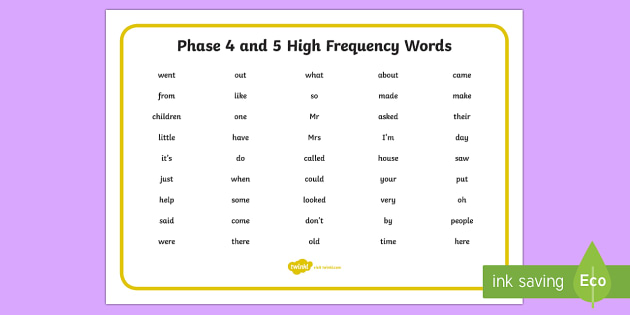 No wonder many banks and furniture stores have baskets of sweets, and many beauty salons offer free coffee or tea. Neuromarketers have noticed that tasting at the grocery store boosts sales.
No wonder many banks and furniture stores have baskets of sweets, and many beauty salons offer free coffee or tea. Neuromarketers have noticed that tasting at the grocery store boosts sales.
The sense of touch also matters in the choice. Therefore, furniture companies seat customers on beds and armchairs, and car dealers provide them for a test drive. As marketers have noticed, if a person receives a thing for use, it is more difficult for him to refuse it.
For better sales, a person is offered a product in comparison to others. For example, if on the shelf among ordinary cans there is the same one 20% more, but at the same price, the buyer most likely will not pass by such a product. And if you remove small banks, there will be no such effect.
The nudge theory in action is, for example, when the site automatically ticks “donate” or “with insurance” and you, without reading, agree to the imposed condition.
Research by Berndt Weber has shown that the label that a product is made from organic raw materials has a direct effect on the pleasure center.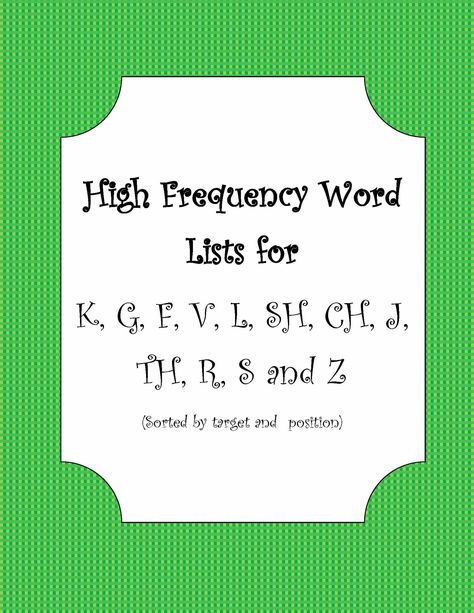 People begin to think that such a product is more valuable.
People begin to think that such a product is more valuable.
Neuroprediction
Neuromarketers don't just want to study the response to their products, they want to predict demand. Brian Knutson of Stanford University was one of the first to find out that by activity in the nucleus accumbens, you can know in advance whether a person will buy a product or not. When a person is ready to buy, the reaction of this area of the brain is stronger than when he does not have such an intention. Another scientist, Gregory Burns of Emory University, was able to predict the commercial success of songs by looking at the brain activity of teenagers. But the age of mass neuroprediction is yet to come.
“Studies have shown that for many consumers, the opportunity to buy a coveted fashion item at a low price creates the same brain spike as winning the lottery or even inhaling a line of cocaine. When a bargain purchase comes into view of a research participant, we usually see high-frequency beta wave activity in the anterior lobes of their brain.
This is accompanied by a sharp increase in heart rate, which can rise from 70 beats per minute to more than 120. In addition, the electrical conductivity of the skin increases, and this is an indicator of excitation of the sympathetic part of the autonomic nervous system. This is the ancient reaction of the human body to the need to fight, run away or fight the cold,” wrote the father of neuromarketing, David Lewis
Are such studies ethical? In France, the use of MRI and medical equipment for commercial purposes is prohibited. There are cases when McDonald's was sued for manipulating children. Not all manufacturers are ready to openly talk about their neuromarketing research, because it's like admitting that they are looking for a key to our subconscious to make it easier to manipulate and increase sales. When it comes to advertising credit cards and microloans, these technologies no longer look harmless. Not to mention the spontaneous and thoughtless purchases that each of us has experienced.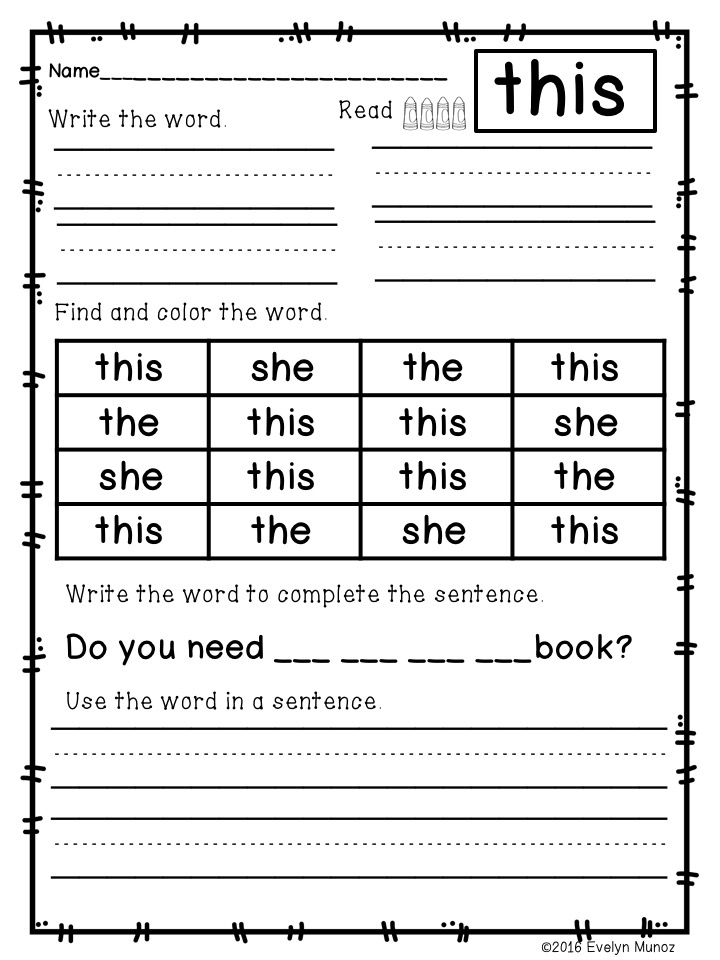
The site may use materials from Facebook and Instagram Internet resources, owned by Meta Platforms Inc., prohibited in the Russian Federation
Tell a friend
-
- extraterrestrial
- beautiful
"James Webb" photographed the Pillars of Creation
-
- What was before
- Excavations
Viking tomb, replicating the Roman one, tells how people of the past perceived history
-
- living
- Evolution today
It turned out why brightness helps some animals to mate, and to intimidate others
-
- extraterrestrial
- Hemophilia
Scientists: oxygen may not be a perfect sign of life on other planets
-
- sign system
- What was before
Found part of the lost oldest star catalog - 2000-year-old manuscript of Hipparchus
-
© Johan Jarnestad/The Royal Swedish Academy of Sciences
Fluorescence, super-strong glue and more: for which they gave the Nobel Prize in Chemistry
-
Shutterstock
Scientists: unknown bacteria from melting glaciers may be dangerous
-
Laia Reverte Salisa / University of Bonn
Found a molecule that accelerates fat burning
-
Illustration: Irina Lutseva
What will we eat in the future?
-
Sugar: to refuse or not?
Do you want to be aware of the latest developments in science?
Leave your email and subscribe to our newsletter
Your e-mail
By clicking on the "Subscribe" button, you agree to the processing of personal data
Psychophysiology
| RUSSIANENGLISH | Login | Registration |
| Catalog of publications 141Authors 10543News 2009Keywords 6178 | Submit a manuscript RSS |

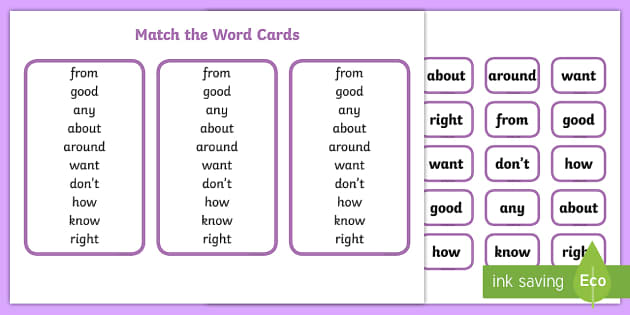 Yu., Nosulenko V.N., Aleksandrov Yu.I.
Yu., Nosulenko V.N., Aleksandrov Yu.I.  A.
A. 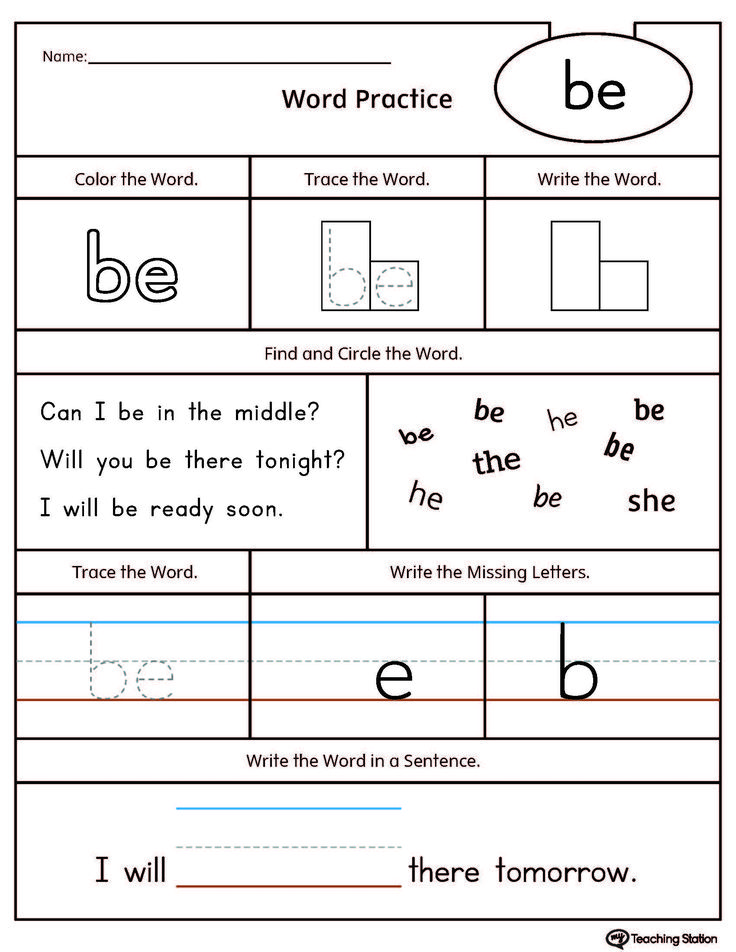 A., Bokhan A.I., Alexandrov Yu.I.
A., Bokhan A.I., Alexandrov Yu.I. 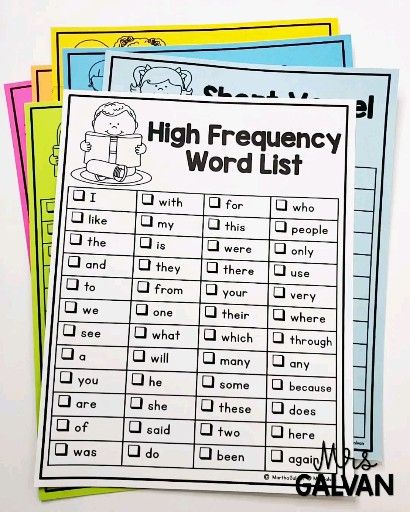 B.
B. 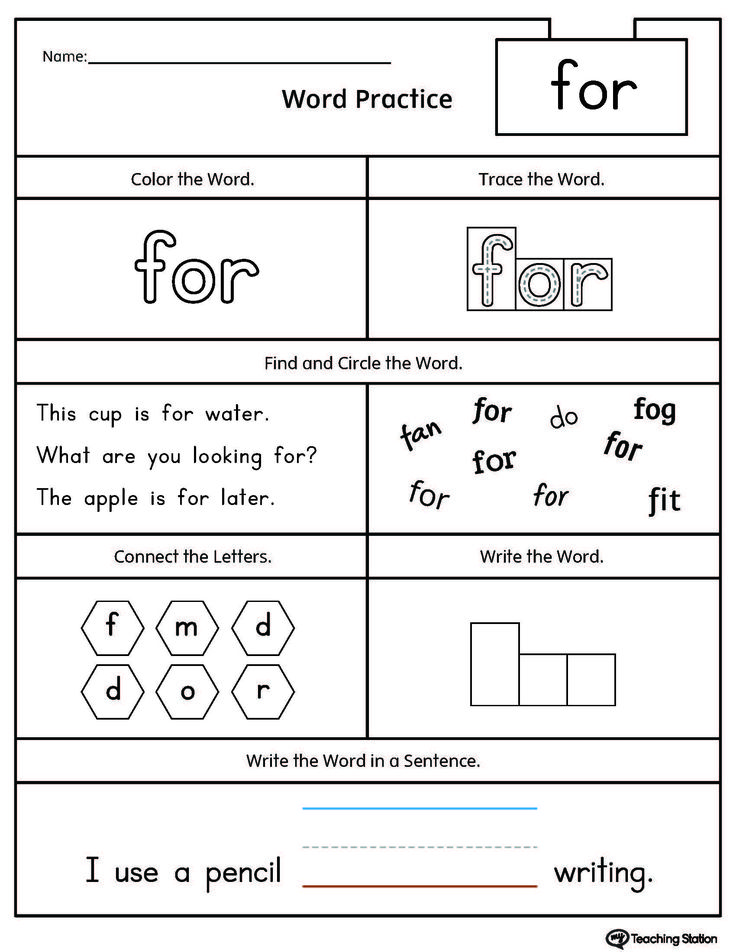 E.
E. 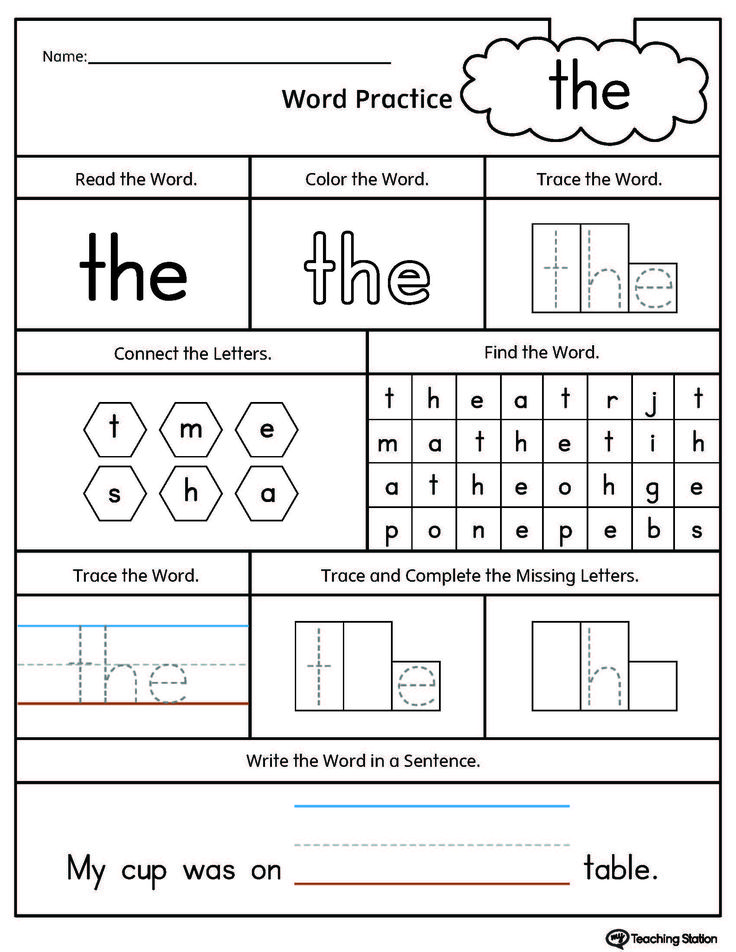 A., Babkina N.V.
A., Babkina N.V. 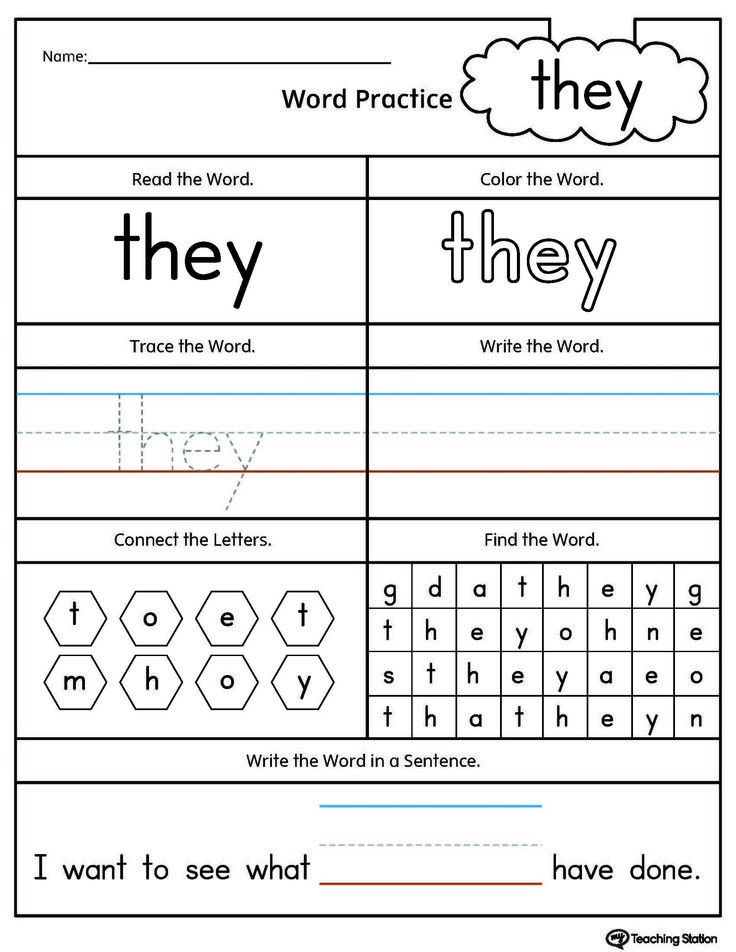 I.
I. 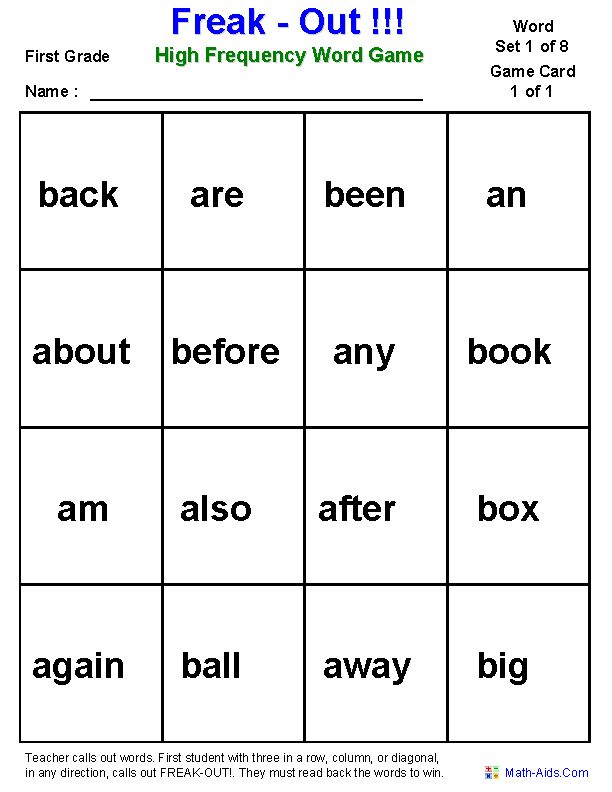 , Aksenova N.S., Kovrigina E.S., Gordeeva Z.V.
, Aksenova N.S., Kovrigina E.S., Gordeeva Z.V. 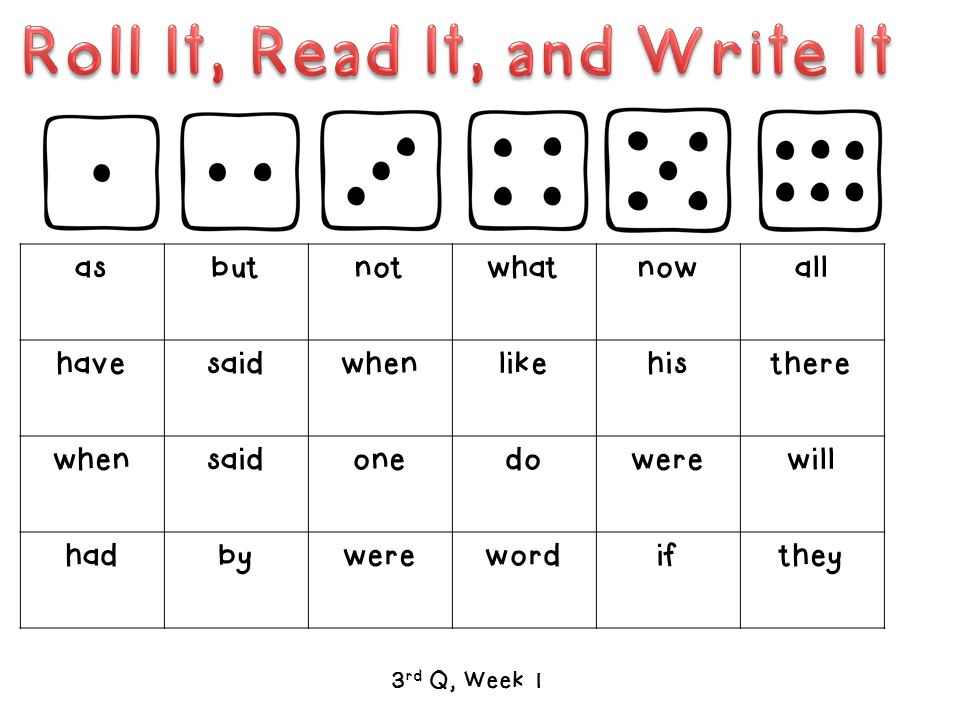 S., Tugin S.M., Shestakova A.N., Klyucharev V.A.
S., Tugin S.M., Shestakova A.N., Klyucharev V.A. 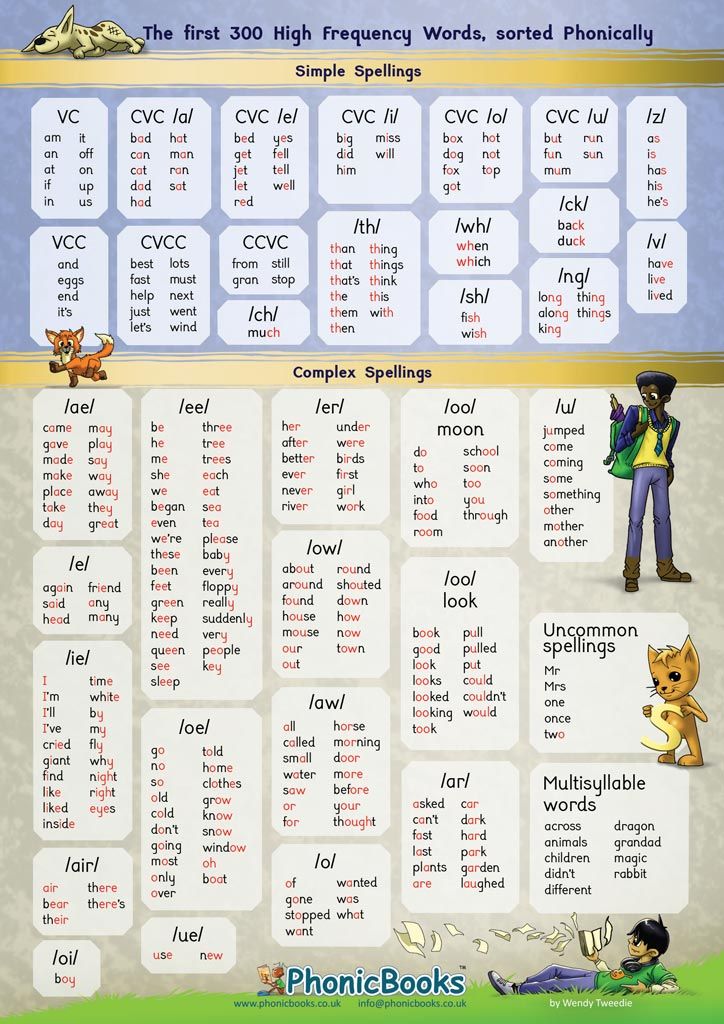
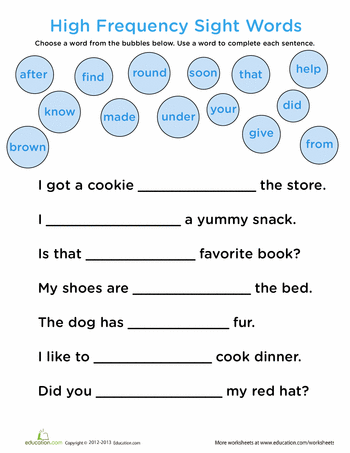 V.
V.  A.
A.  Yu.
Yu. 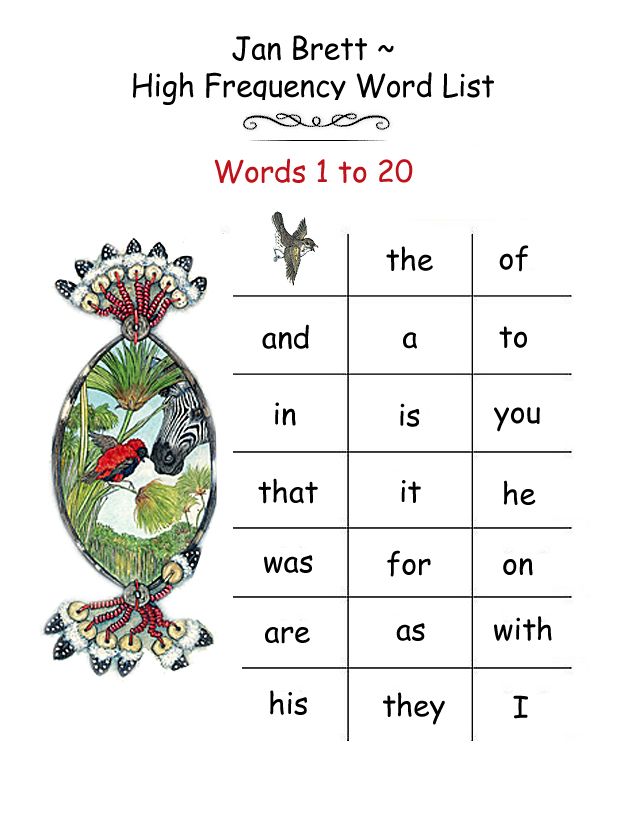 The competition was held by the all-Russian public organization "Federation of Educational Psychologists of Russia" in the fourth times in accordance with paragraph 1.10 of the Action Plan for the implementation of the Concept development of psychological service in the education system of the Russian Federation on period up to 2025. The publication contains materials that will assist in design and implementation of preventive, developing psychological and pedagogical programs, programs for psychological correction of behavior and violations in the development of students, programs of correctional and developmental work, educational (educational) psychological and pedagogical programs, as well as programs of work of the psychologist with pedagogical collectives. Full texts programs are posted on the website of the All-Russian competition of the best psychological and pedagogical programs and technologies in the educational environment —2021.
The competition was held by the all-Russian public organization "Federation of Educational Psychologists of Russia" in the fourth times in accordance with paragraph 1.10 of the Action Plan for the implementation of the Concept development of psychological service in the education system of the Russian Federation on period up to 2025. The publication contains materials that will assist in design and implementation of preventive, developing psychological and pedagogical programs, programs for psychological correction of behavior and violations in the development of students, programs of correctional and developmental work, educational (educational) psychological and pedagogical programs, as well as programs of work of the psychologist with pedagogical collectives. Full texts programs are posted on the website of the All-Russian competition of the best psychological and pedagogical programs and technologies in the educational environment —2021. 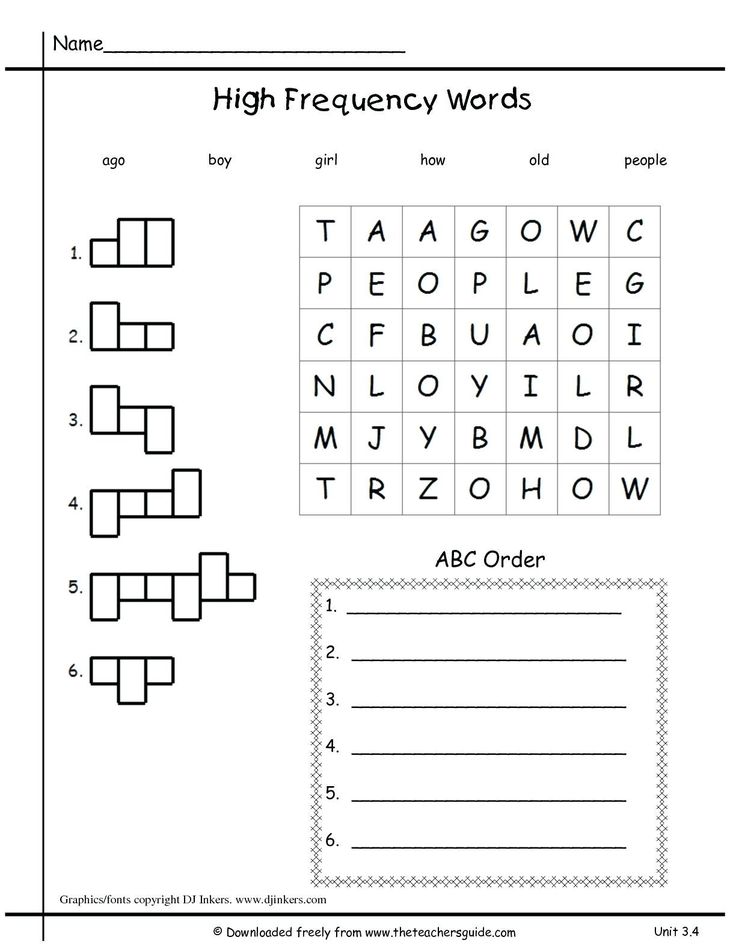
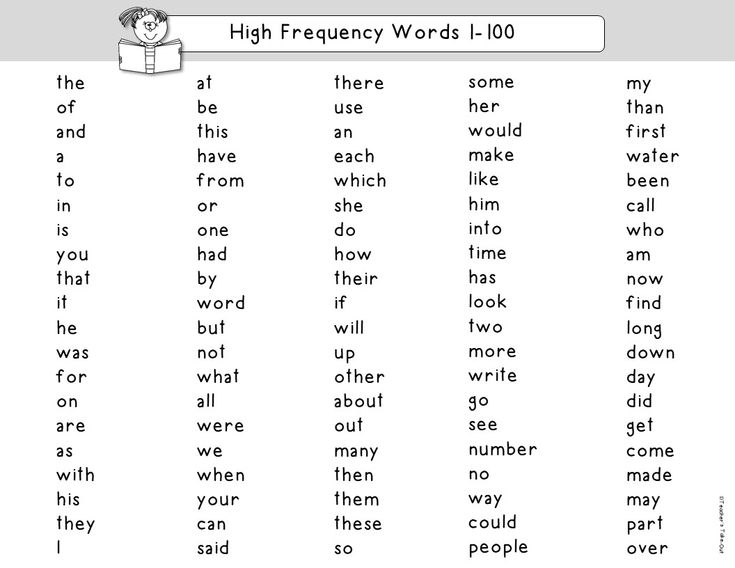 The importance is revealed research on social cognition impairments to substantiate spectrum models, increasingly influential in modern approaches to classification mental disorders. Existing theoretical models are considered social cognition and models of the spectrum of mental pathology, first of all, schizophrenic and affective, at the junction of which are bipolar and schizoaffective disorder. The collision of two paradigms in the study of social cognition - biological and cultural-historical. given characterization based on the provisions of L.S. Vygotsky cultural and historical psychology model of social cognition, in which special emphasis is placed on the role social motivation in violations of social cognition. Are given analytical reviews and data from original empirical research disorders of mentalization and empathy in patients with schizophrenic and affective spectra, carried out on the basis of this model. emphasized the need to take into account negative social motivation as the most important target in programs for the development of social cognition in various forms of mental pathology.
The importance is revealed research on social cognition impairments to substantiate spectrum models, increasingly influential in modern approaches to classification mental disorders. Existing theoretical models are considered social cognition and models of the spectrum of mental pathology, first of all, schizophrenic and affective, at the junction of which are bipolar and schizoaffective disorder. The collision of two paradigms in the study of social cognition - biological and cultural-historical. given characterization based on the provisions of L.S. Vygotsky cultural and historical psychology model of social cognition, in which special emphasis is placed on the role social motivation in violations of social cognition. Are given analytical reviews and data from original empirical research disorders of mentalization and empathy in patients with schizophrenic and affective spectra, carried out on the basis of this model. emphasized the need to take into account negative social motivation as the most important target in programs for the development of social cognition in various forms of mental pathology.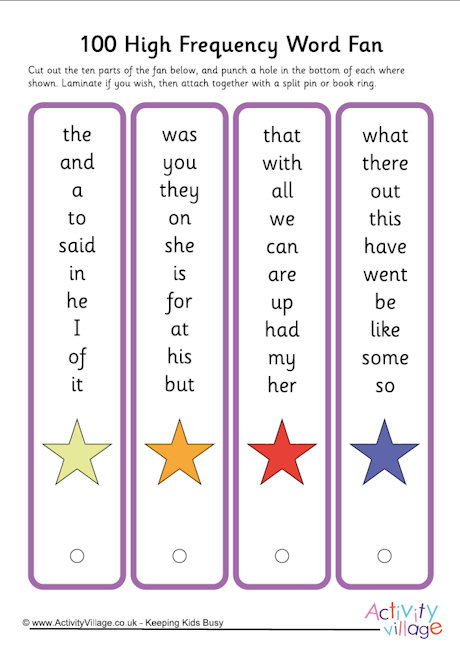
 The collection will also useful to managers of different levels and researchers characteristic of modern society of socio-psychological phenomena.
The collection will also useful to managers of different levels and researchers characteristic of modern society of socio-psychological phenomena. 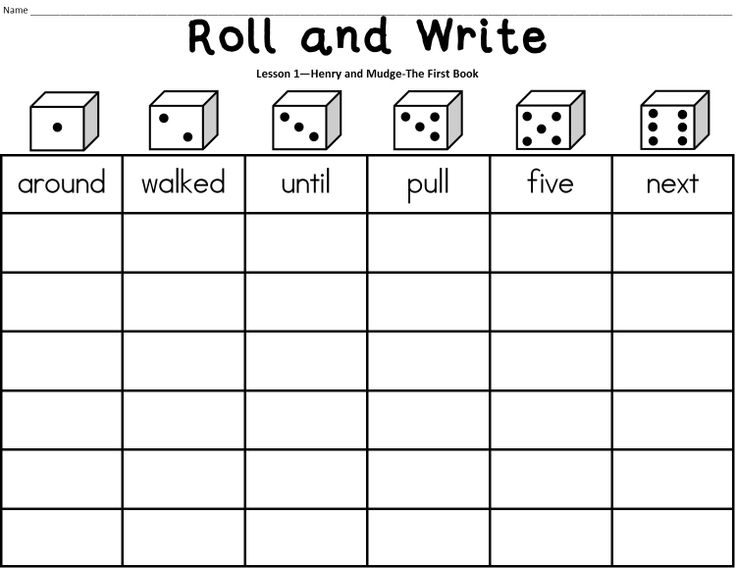 Tomasello and the model of development of social Cognition in the process of ontogeny Ch. Fernyhow.
Tomasello and the model of development of social Cognition in the process of ontogeny Ch. Fernyhow. 